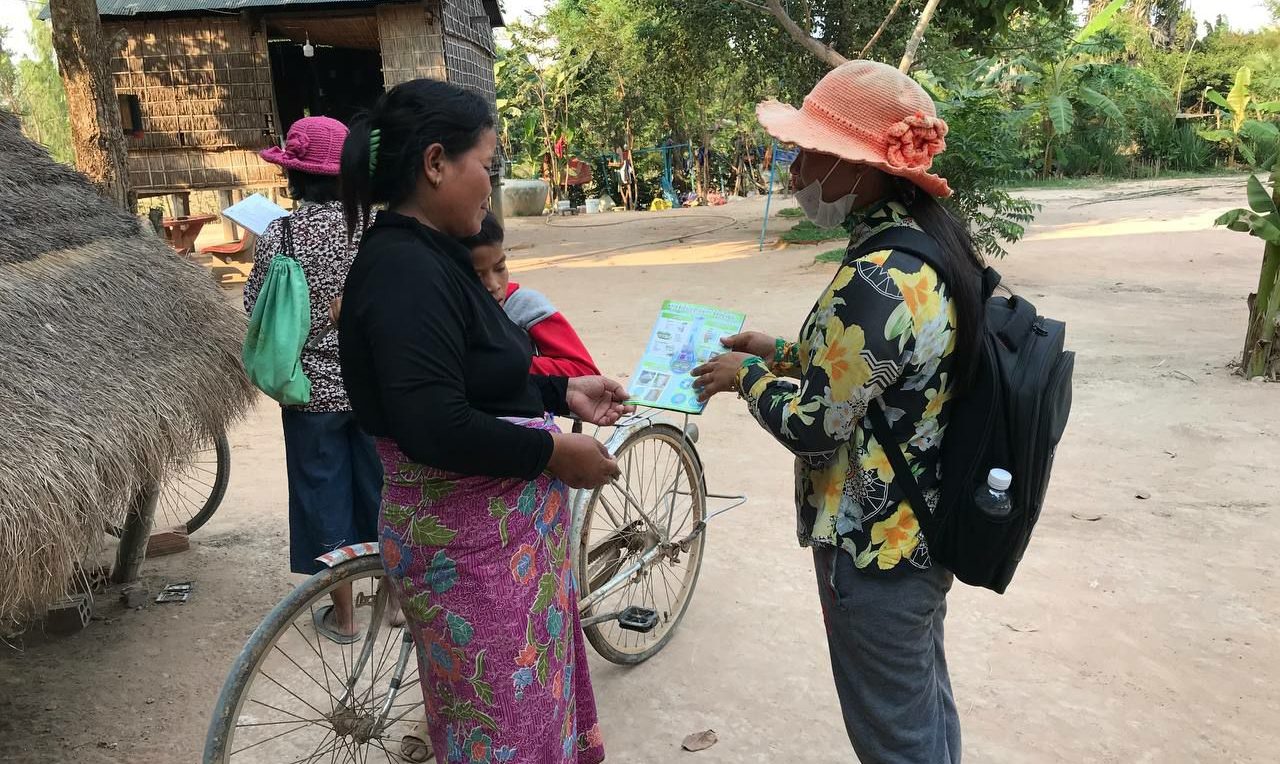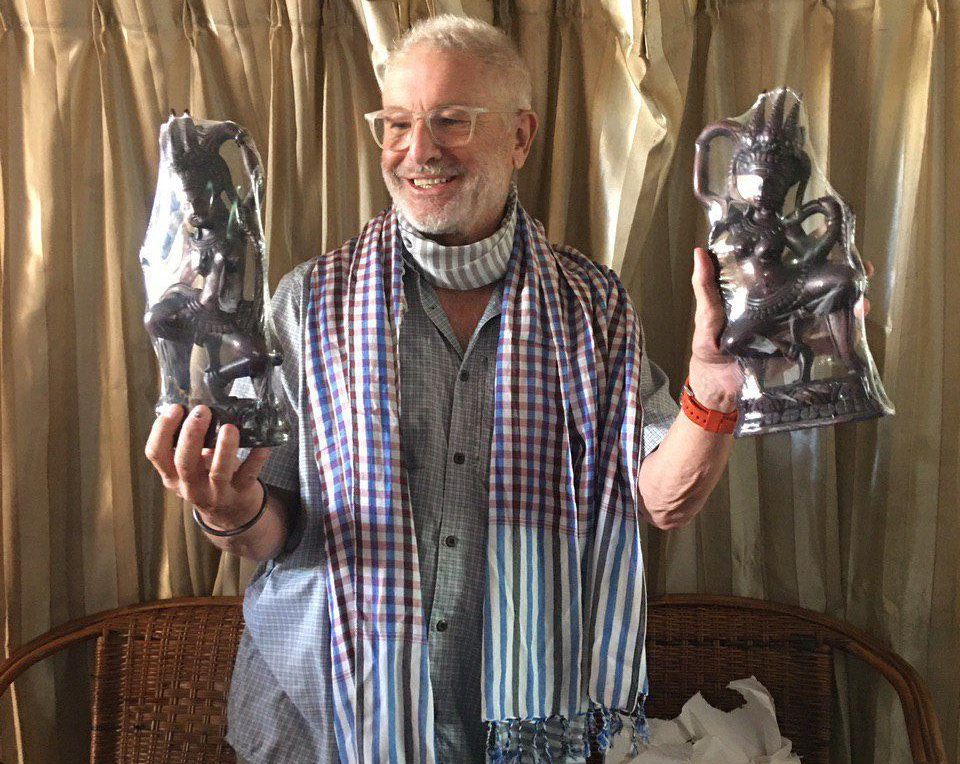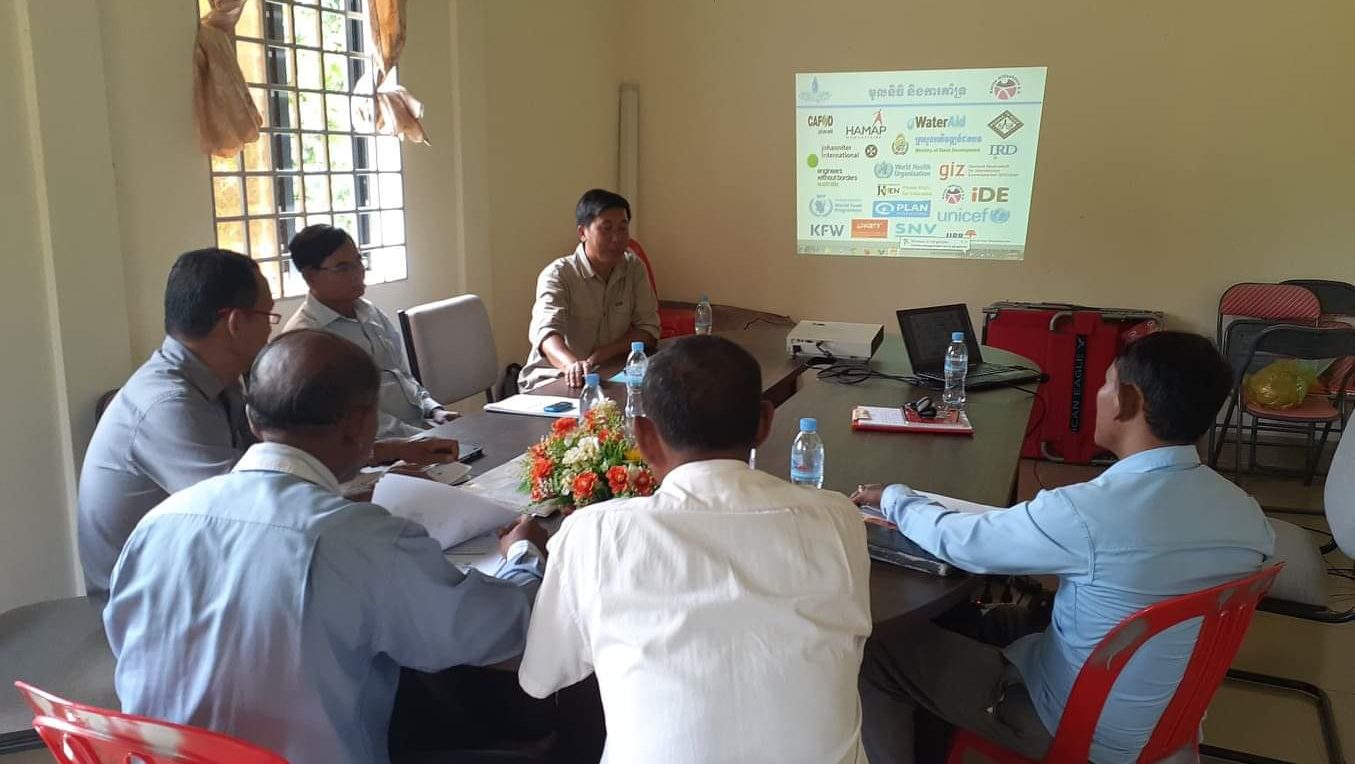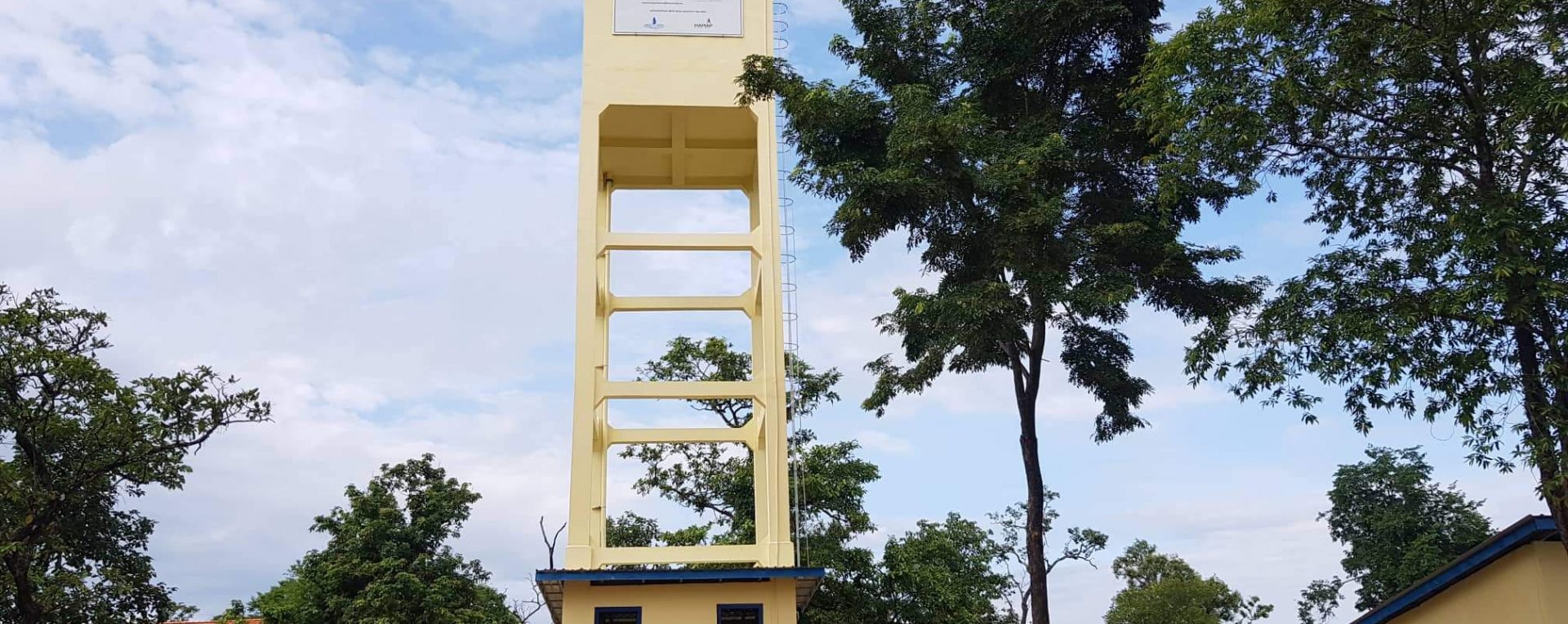Thursday, 20th February 2025, RWC in collaboration with District of Education, Youth and Sport organized the first phase project closure workshop namely “Improving the menstrual health and hygiene management in remoteness schools in Preah Vihear province” at the Rovieng district hall, chaired by H.E. Dr.Soeur Socheata, Undersecretary of State, Ministry of Education, Youth and Sports. Objectives:
(i) To present the progress, key learnings and successes of the project.
(ii) To discuss on the key points, challenges and plans to ensure the sustainability of the project
(iii) To disseminate of 711 of menstrual hygiene kits to 21schools.
21 schools in Rovieng district successfully implemented the girls’ menstruation health and hygiene project
RainWater Cambodia (RWC) has successfully conducted the “Improving Menstrual Health and Hygiene Management” project, which has benefited and supported 21 schools in Rovieng District, Preah Vihear Province, throughout the last year.
The pilot project titled “Improving menstrual health and hygiene management” in schools will run from September 2024 to January 2025. Phonix e.V. funded the initiative through KHA, which helped 21 schools in Rovieng District, Preah Vihear Province, including 16 primary schools and 5 secondary schools.
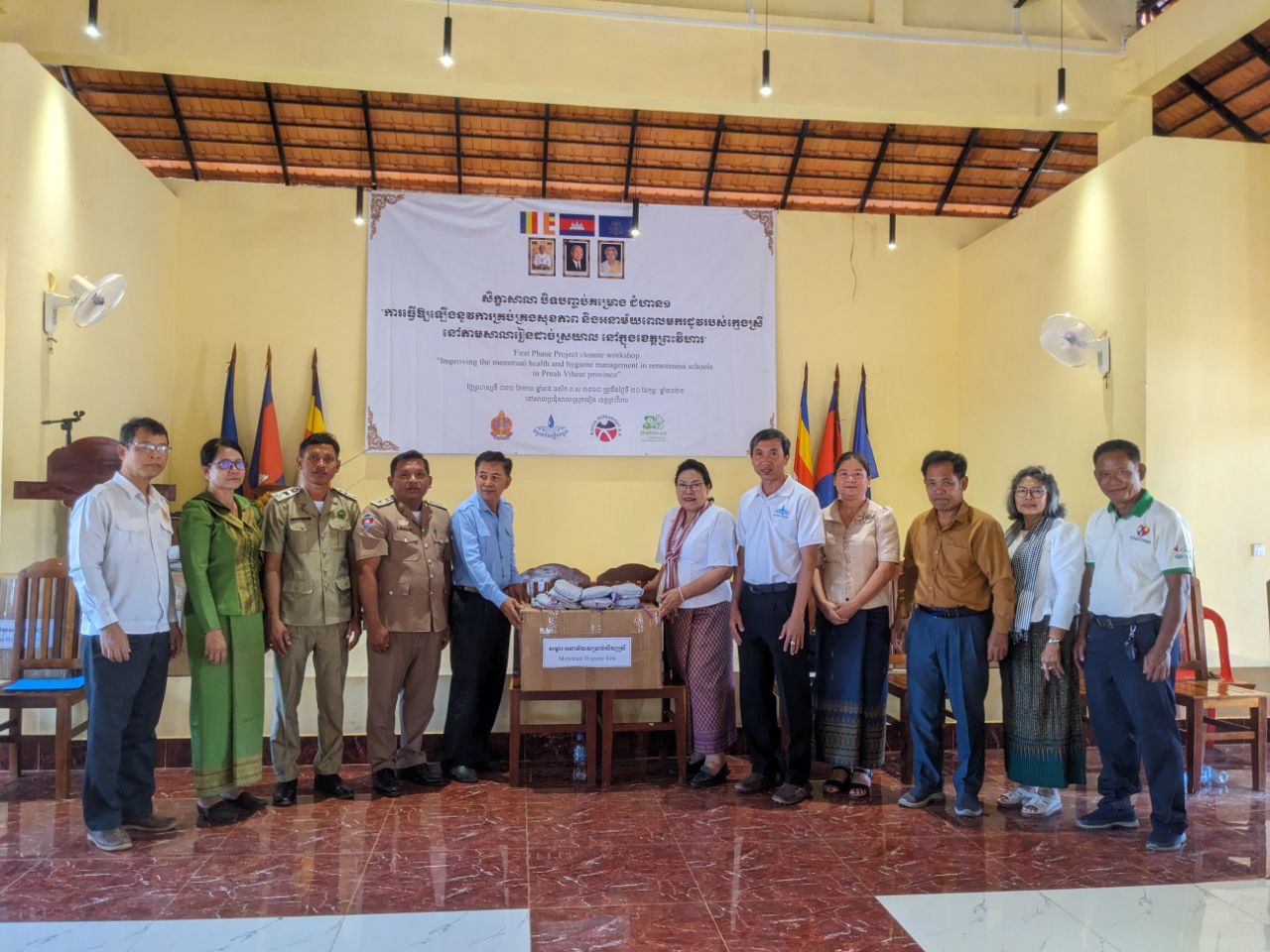
Speaking at the project closure workshop, H.E. Dr. Soeur Socheata, Undersecretary of State Ministry of Education, Youth and Sport, said that although the period of collaboration between Rainwater Cambodia and the ministry was short, the results of the project clearly demonstrated that all stakeholders worked together to address the most important topic, which is strengthening the effectiveness of reproductive health for children and young women. She added that the government is committed to promoting reproductive health for children and young women as a foundation for their overall development, which needs to start with knowledge, skills and attitudes related to reproductive health, especially for girls who have just started and are menstruating.
“The challenges our young people face in accessing education and comprehensive reproductive health services are complex and multifaceted, cultural misunderstandings, traditional practices which making them to maintain the girls’ menstrual health,” she said.
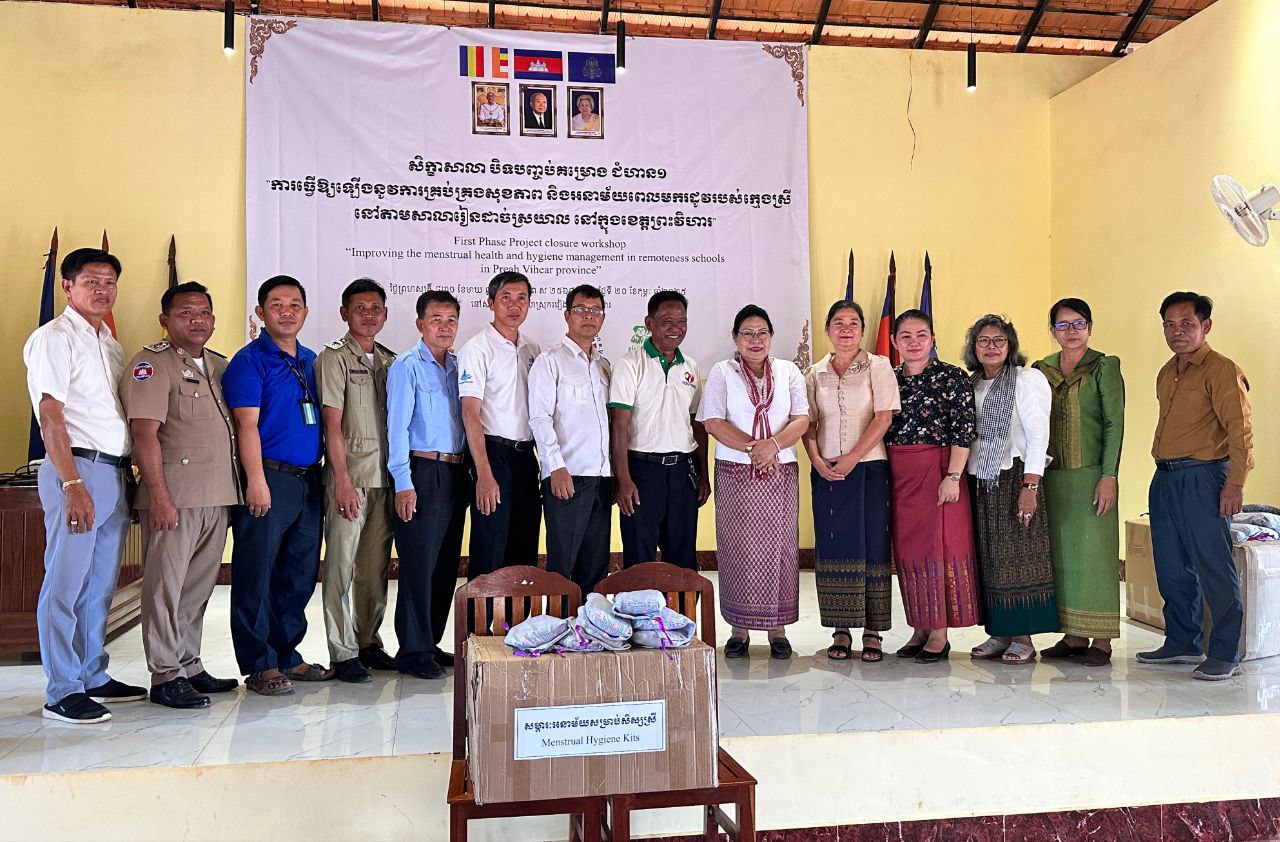
Pheng Kea, the Executive Director of RainWater Cambodia, focuses on Cambodia’s water and sanitation sectors.
He added that RWC is currently targeting Pursat, Battambang, Kampong Thom, and Preah Vihear provinces, with two major projects in Preah Vihear province: first, the Stung Sen Basin project, which is being managed in collaboration with the Tonle Sap Authority’s ministry of water resources and meteorology. He added that the final project is related to girls’ menstrual health and hygiene because it contributes to improving the health of the population, particularly children, in response to the national strategy on health promotion through health education, disease prevention, and the provision of essential health services, environmental sanitation, and the provision of clean water to education staff and students in phases.
Caption: H.E. Soeur Socheata, the Undersecretary of State at the Ministry of Education, Youth, and Sport, attended the project closure workshop on “Improving Menstrual Health and Hygiene Management” in Preah Vihear province:
Credit photo: RainWater Cambodia.

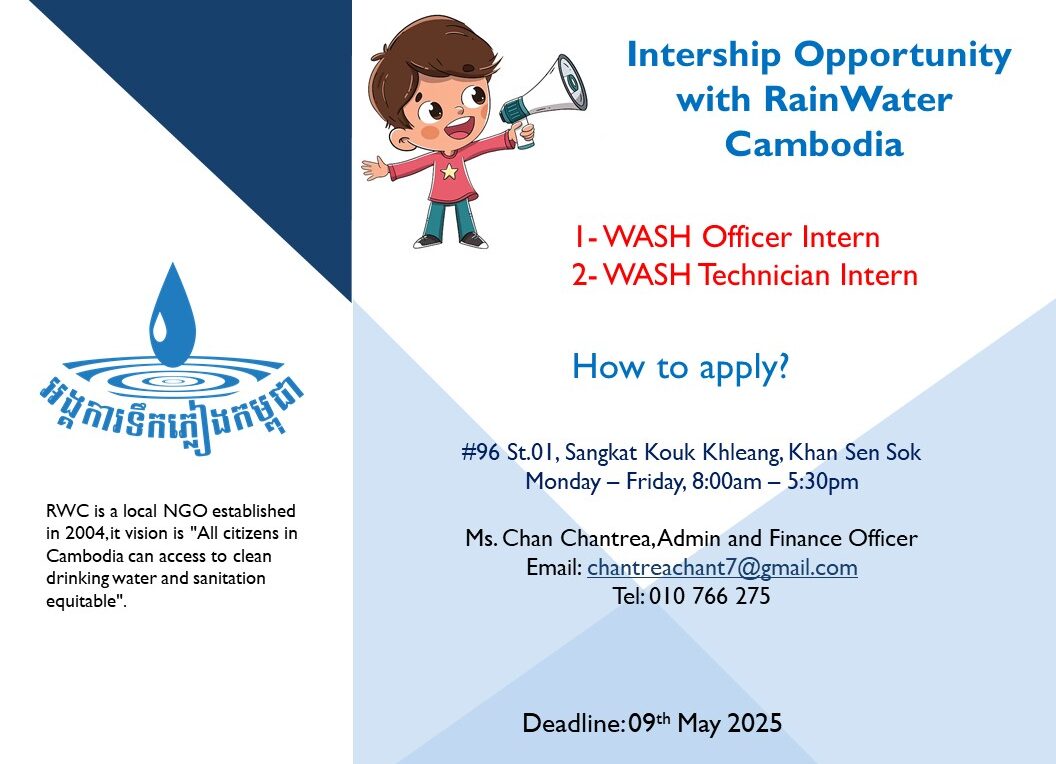
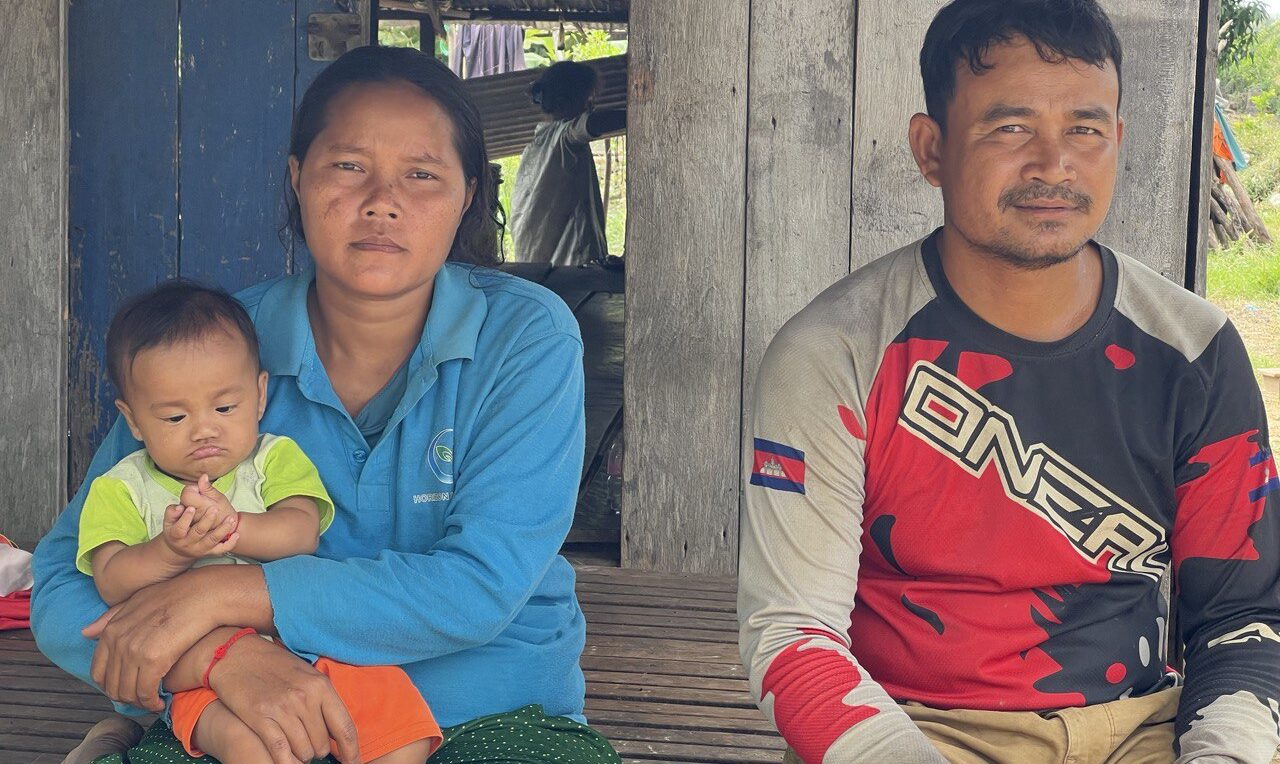
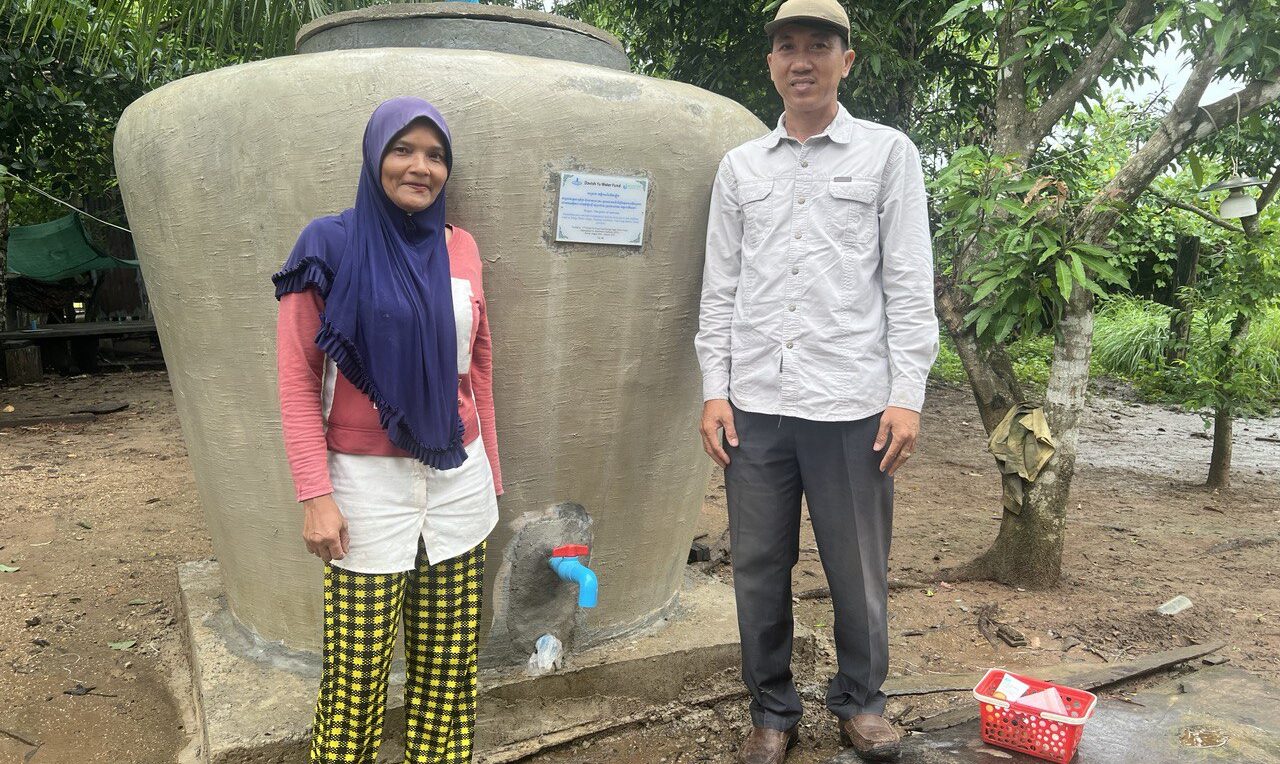
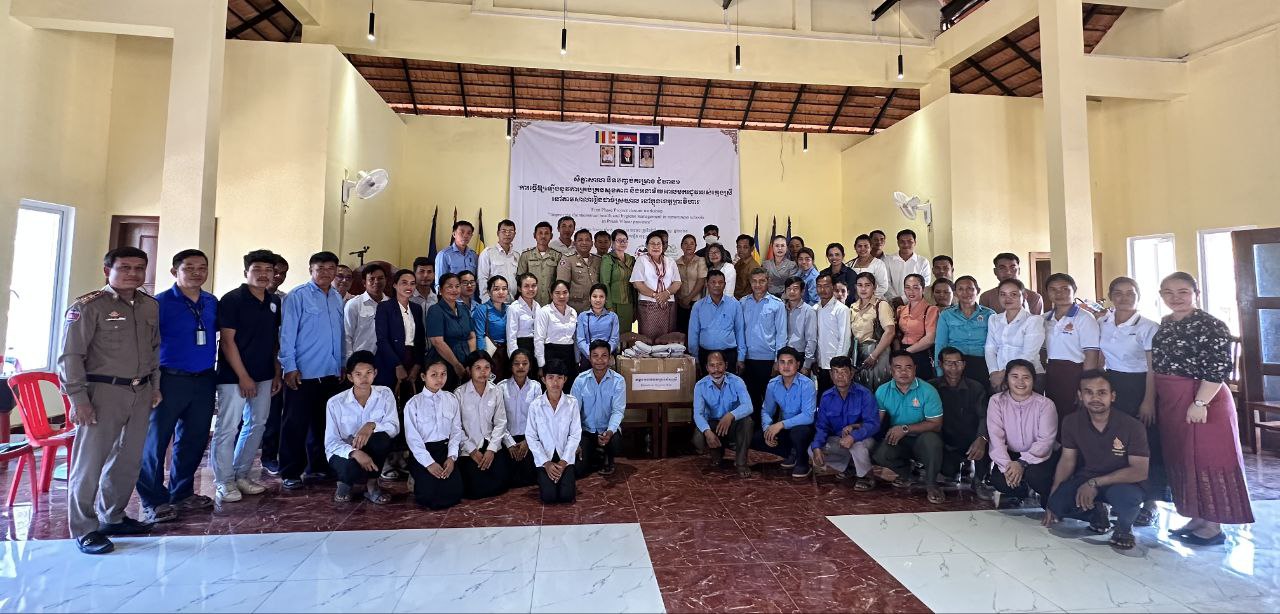
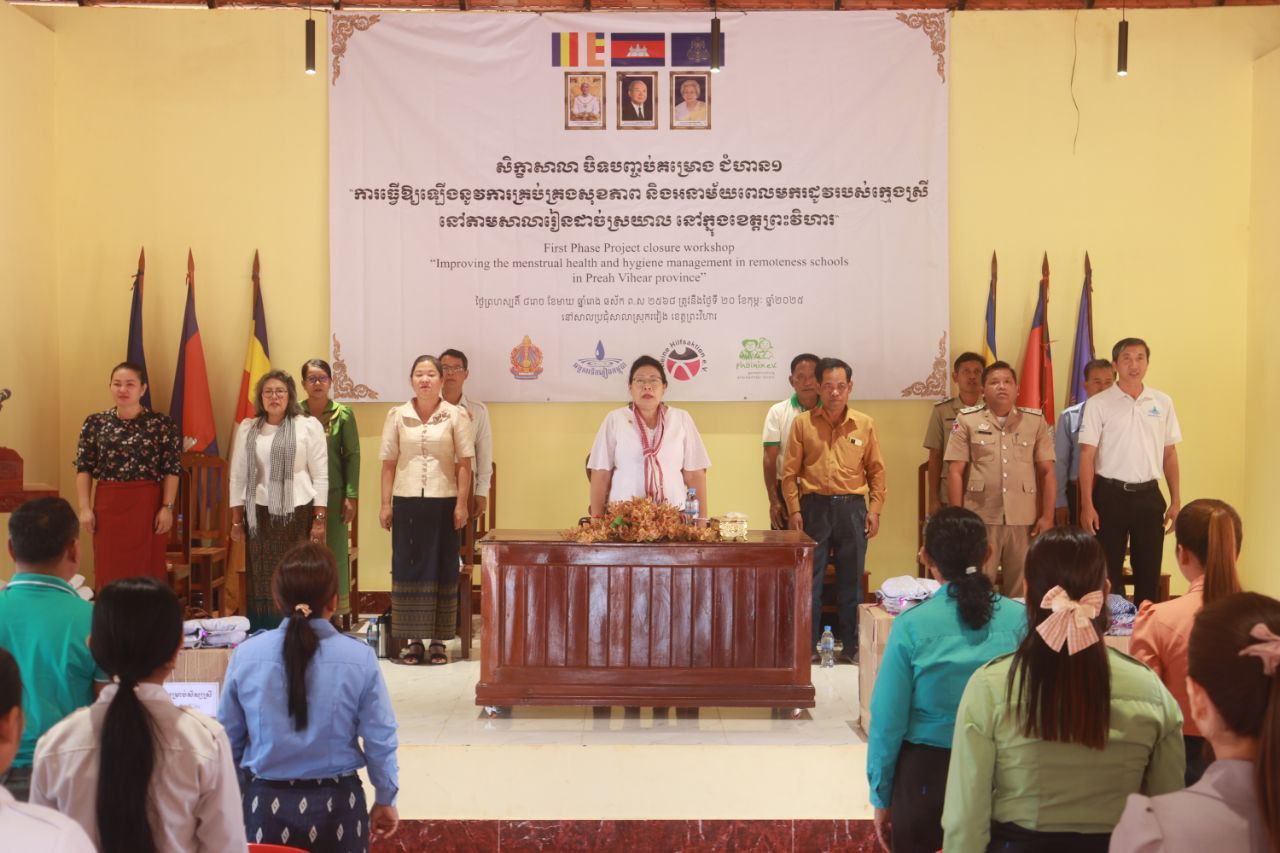


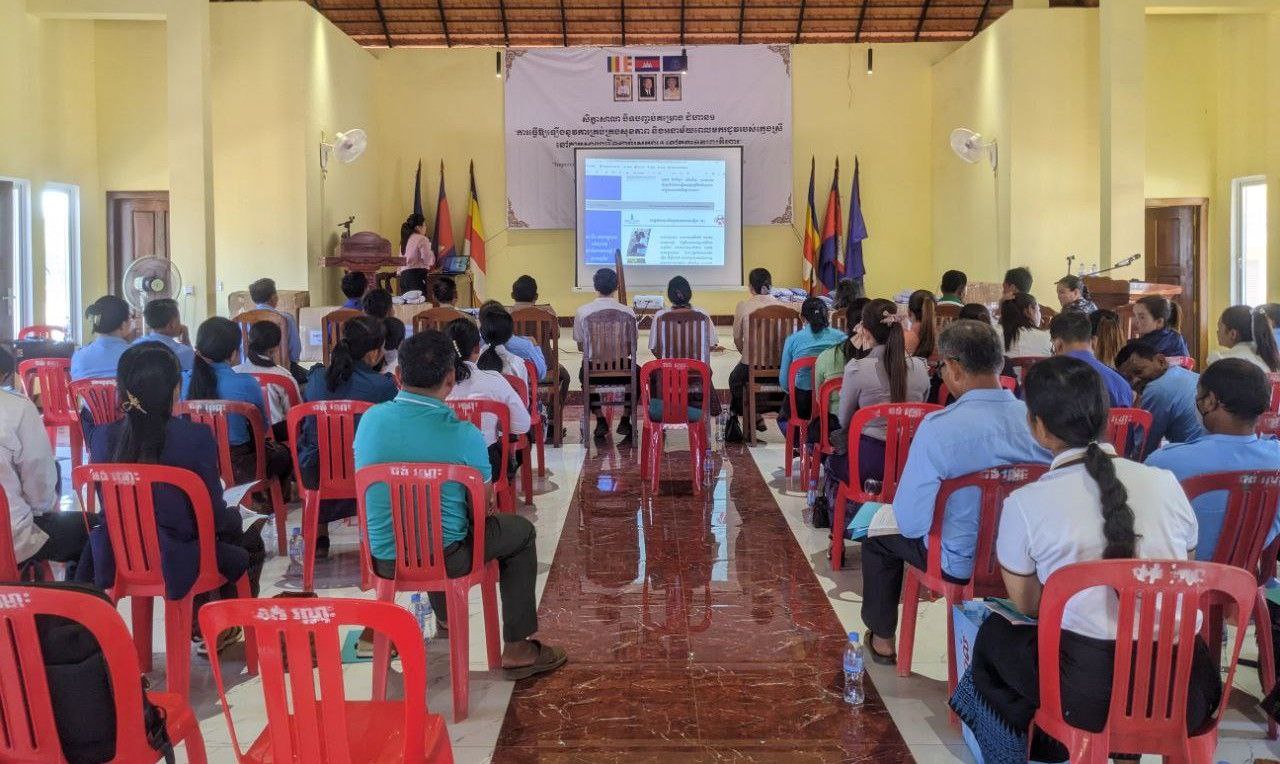
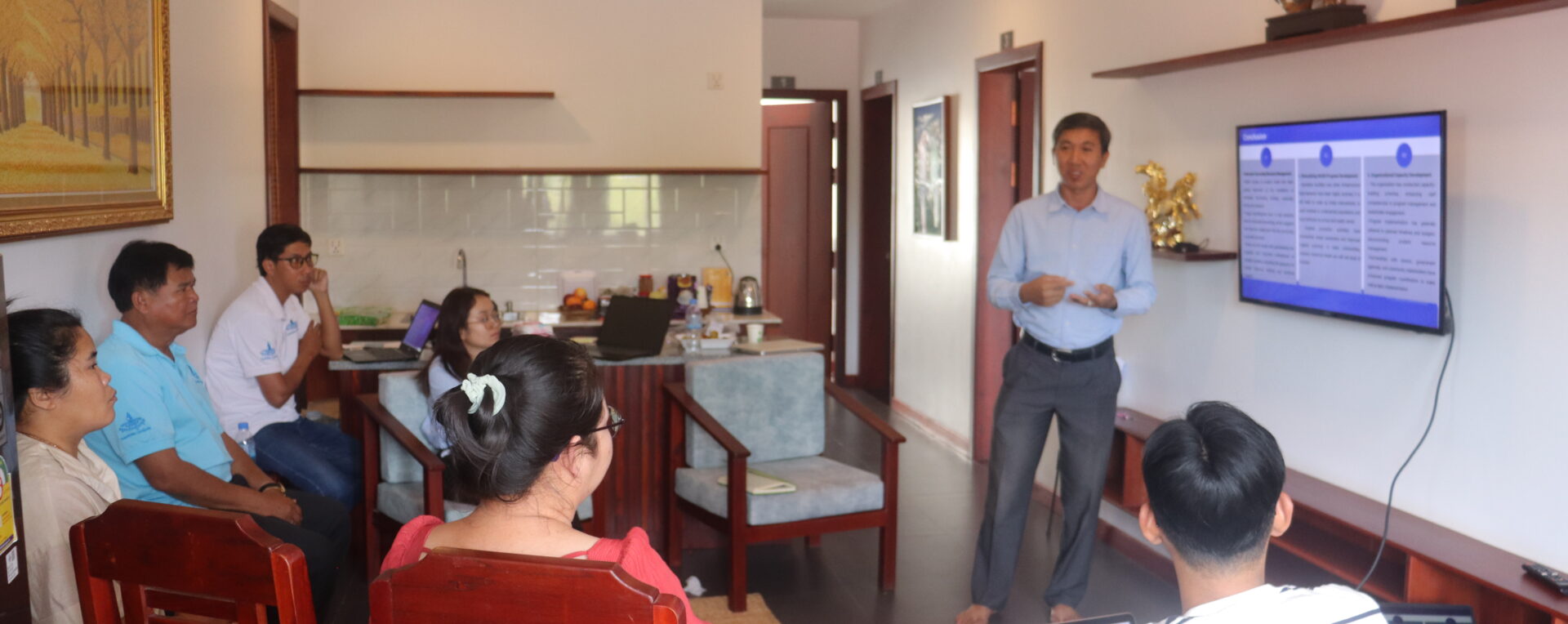
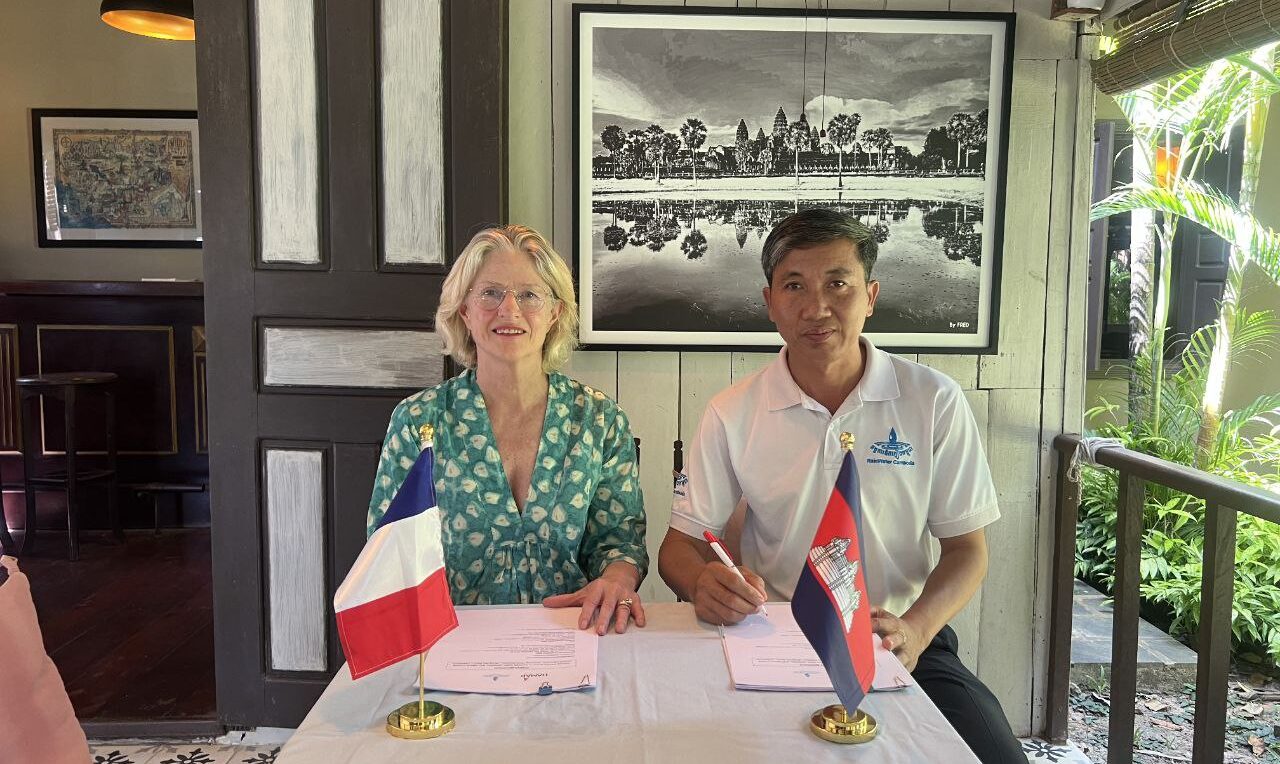
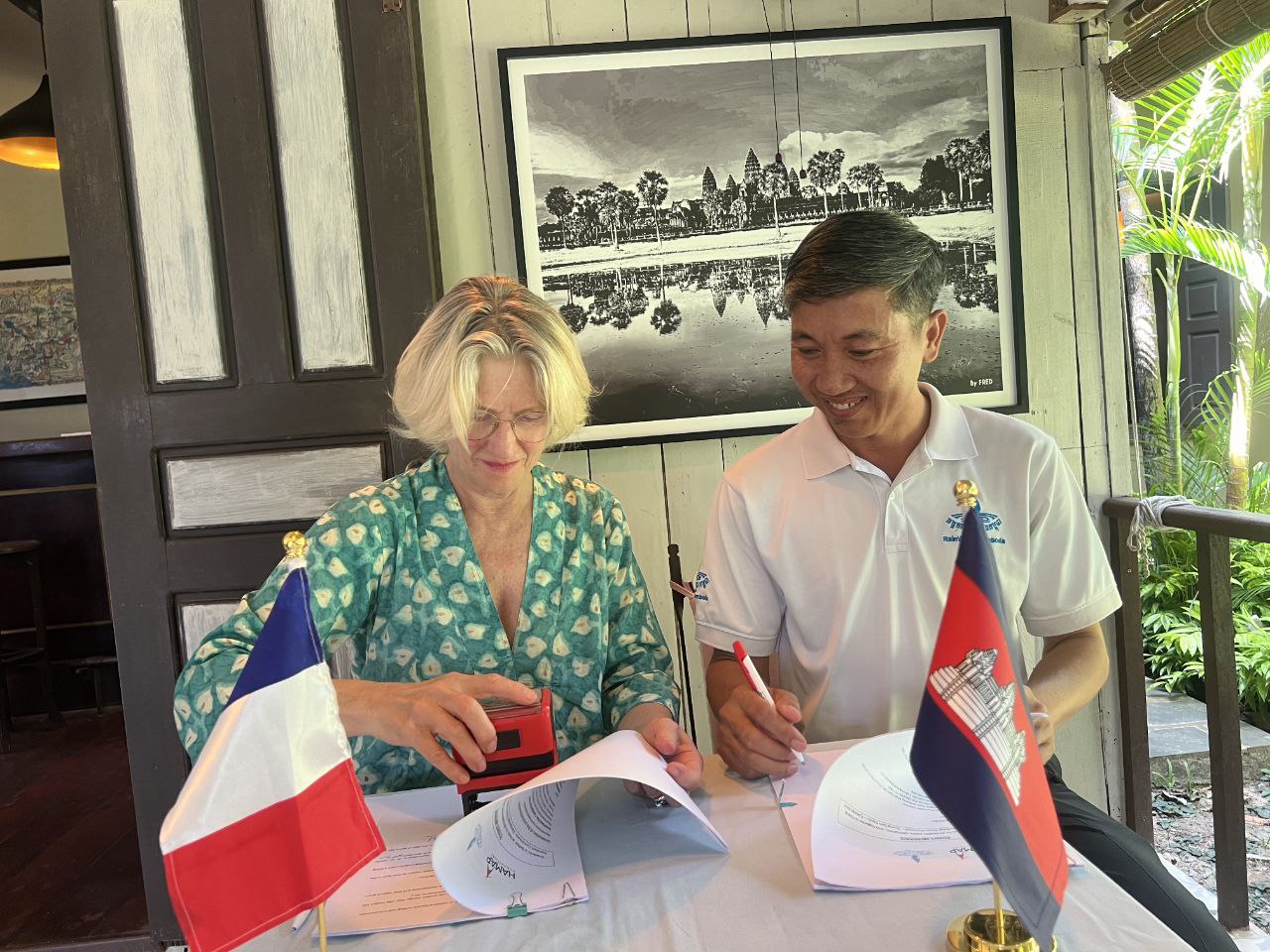
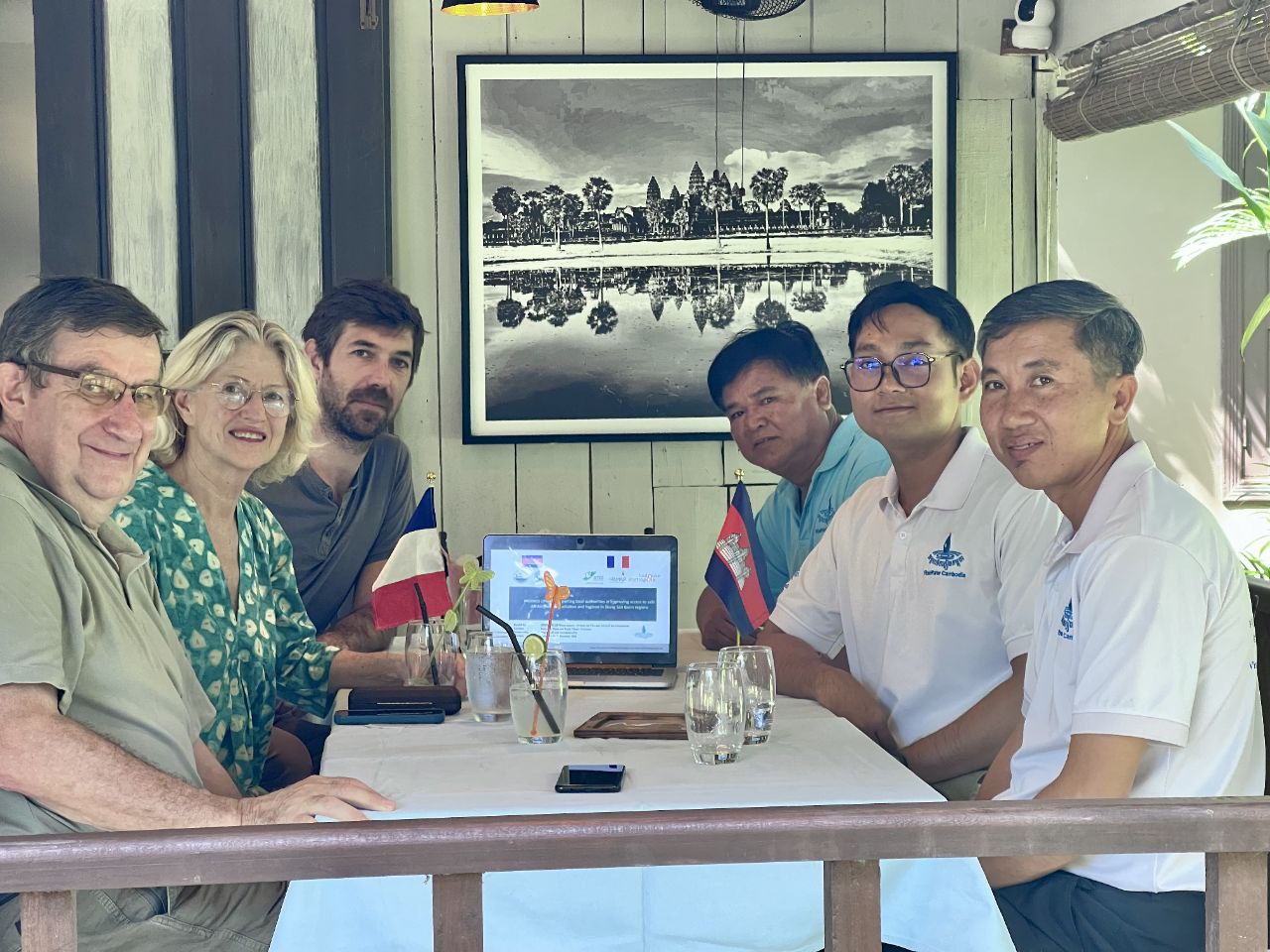
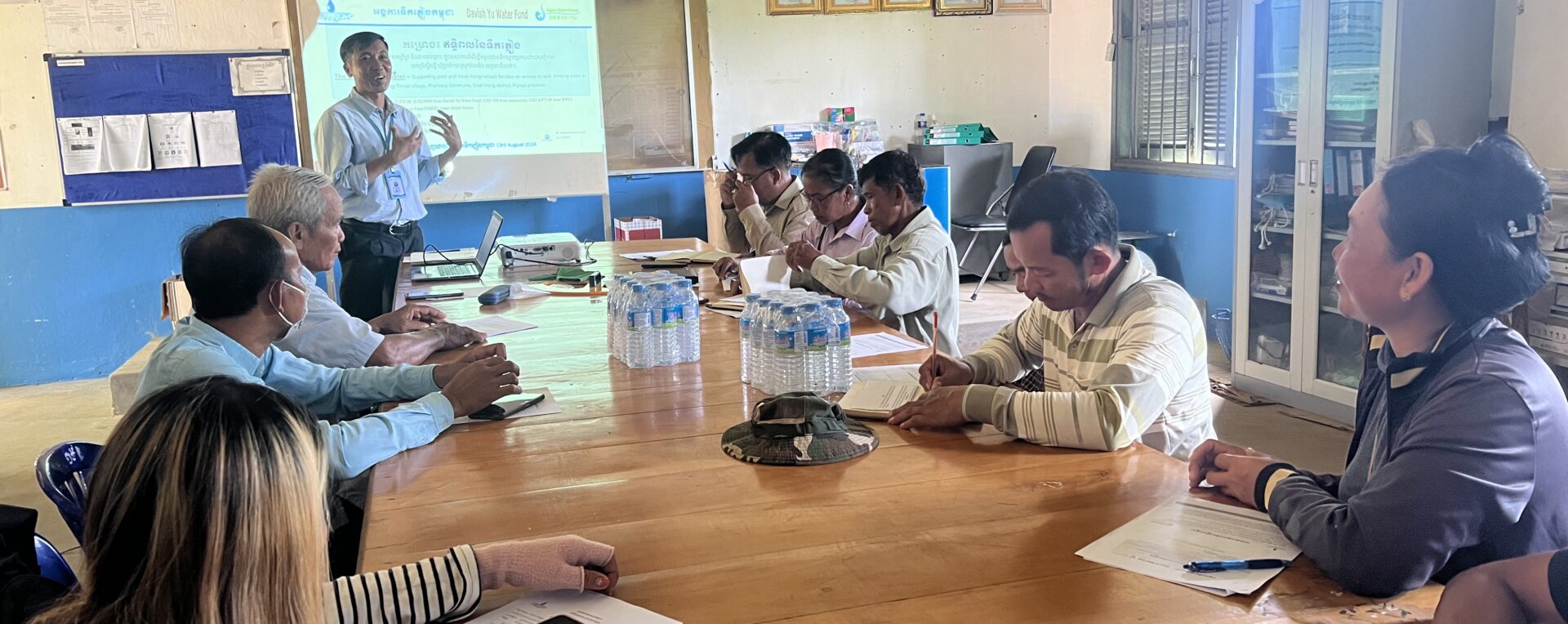
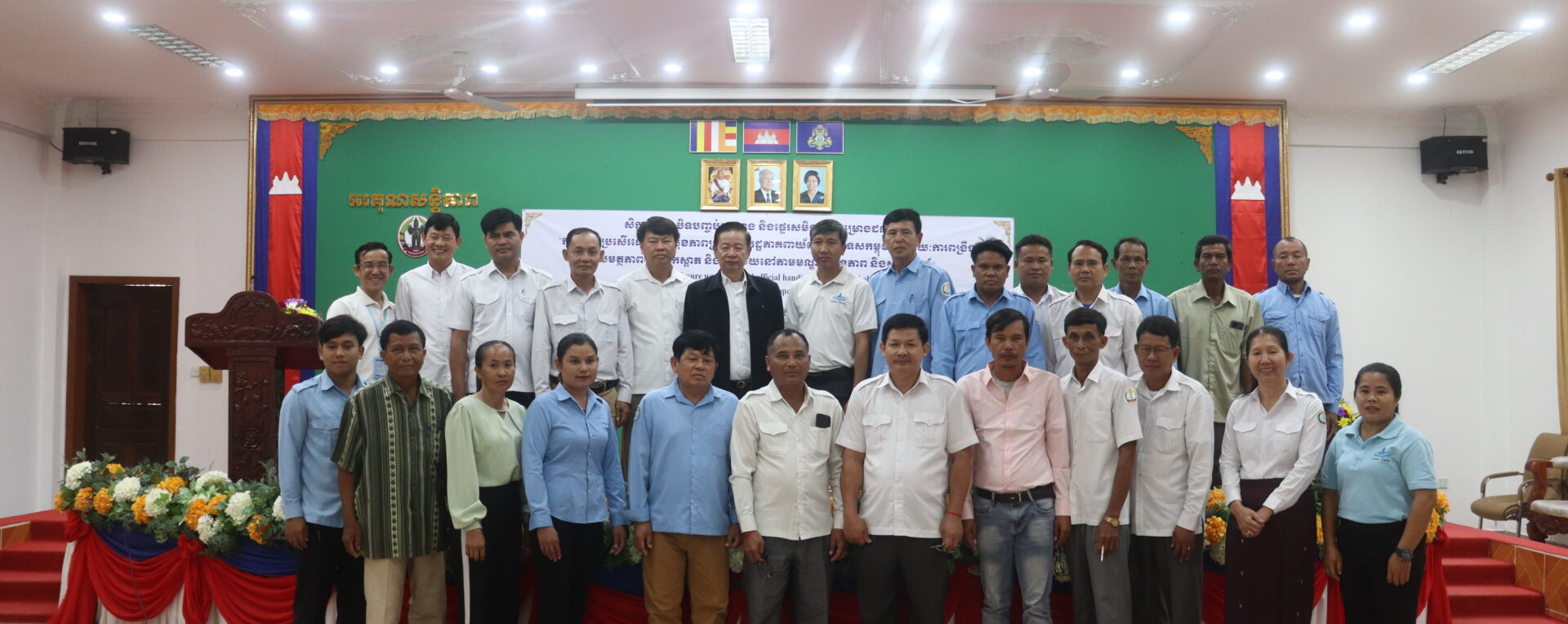
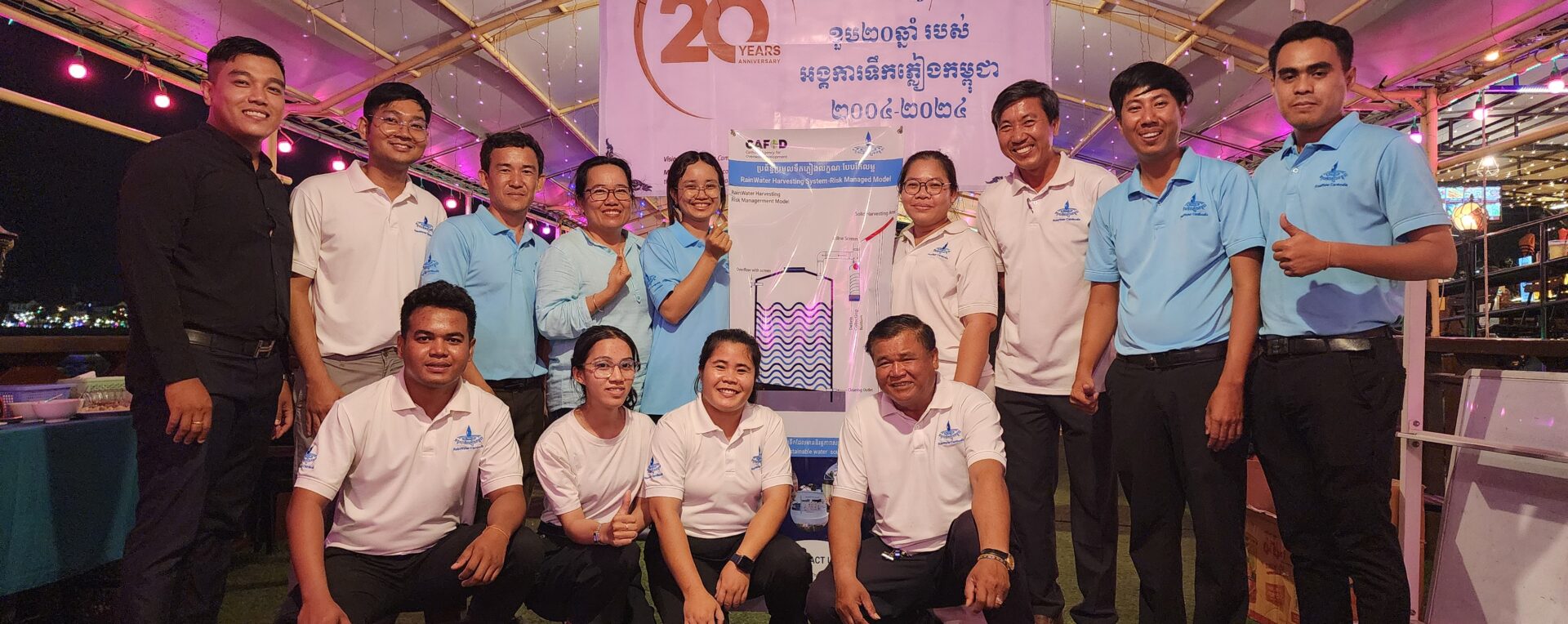
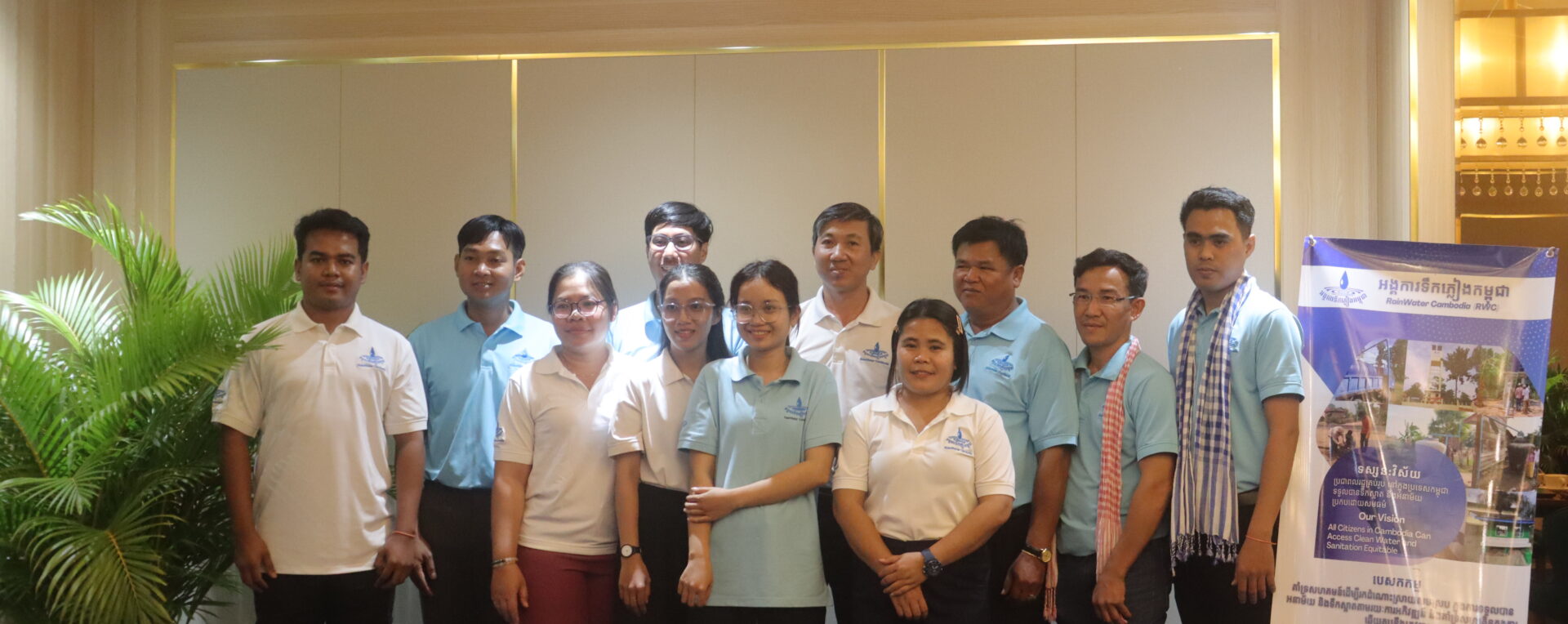
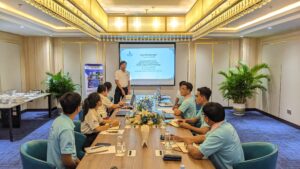
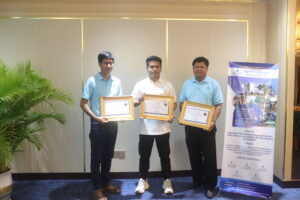
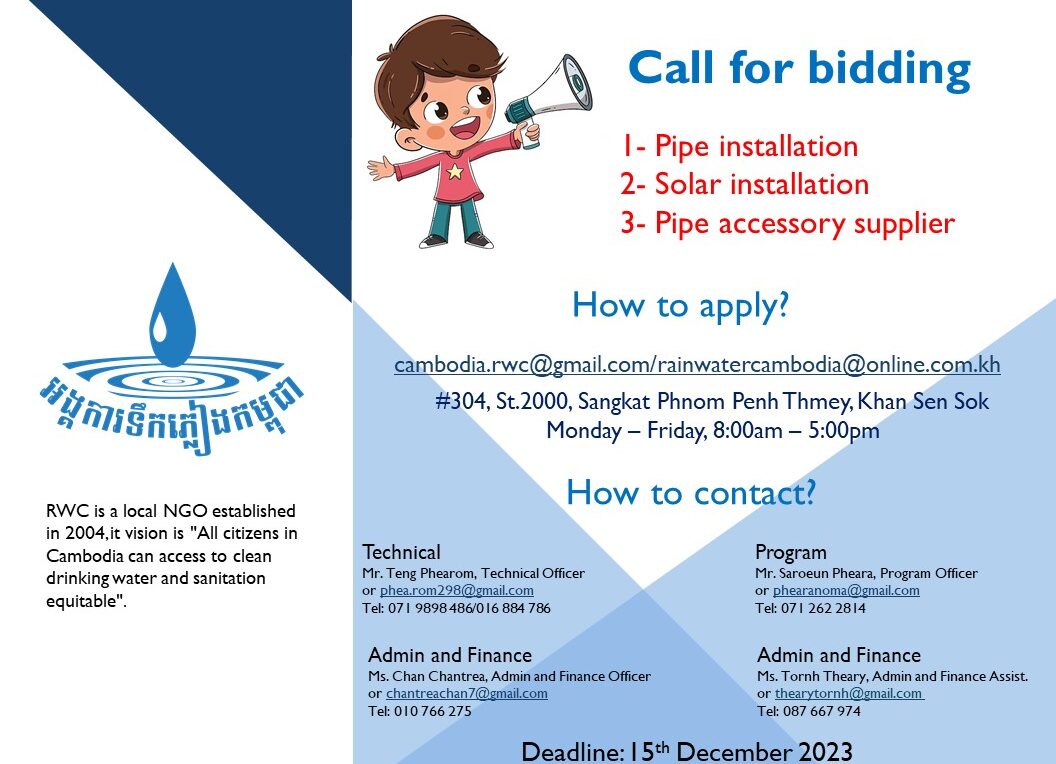
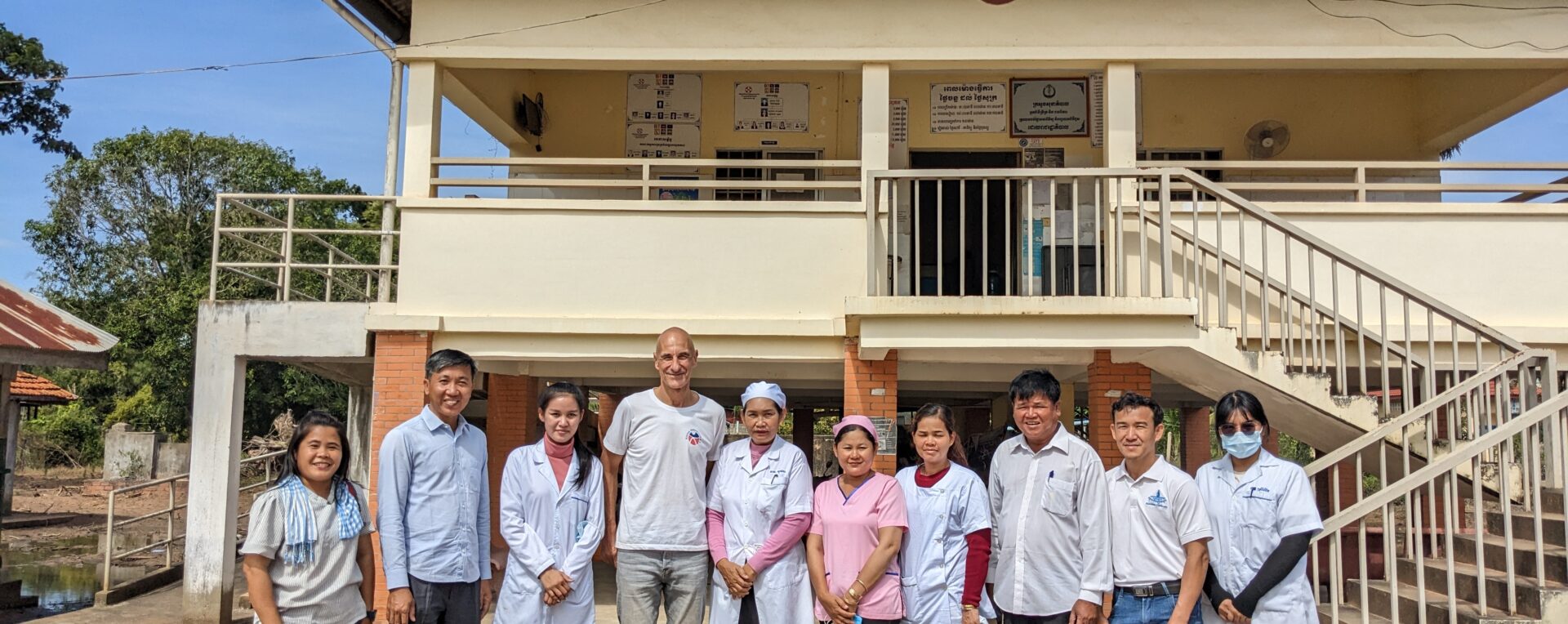
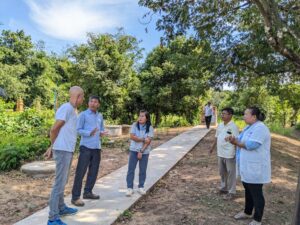
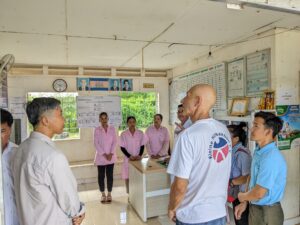
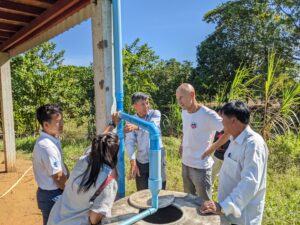
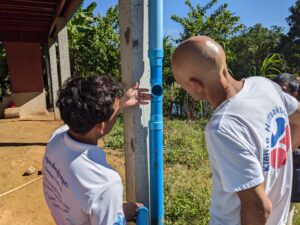
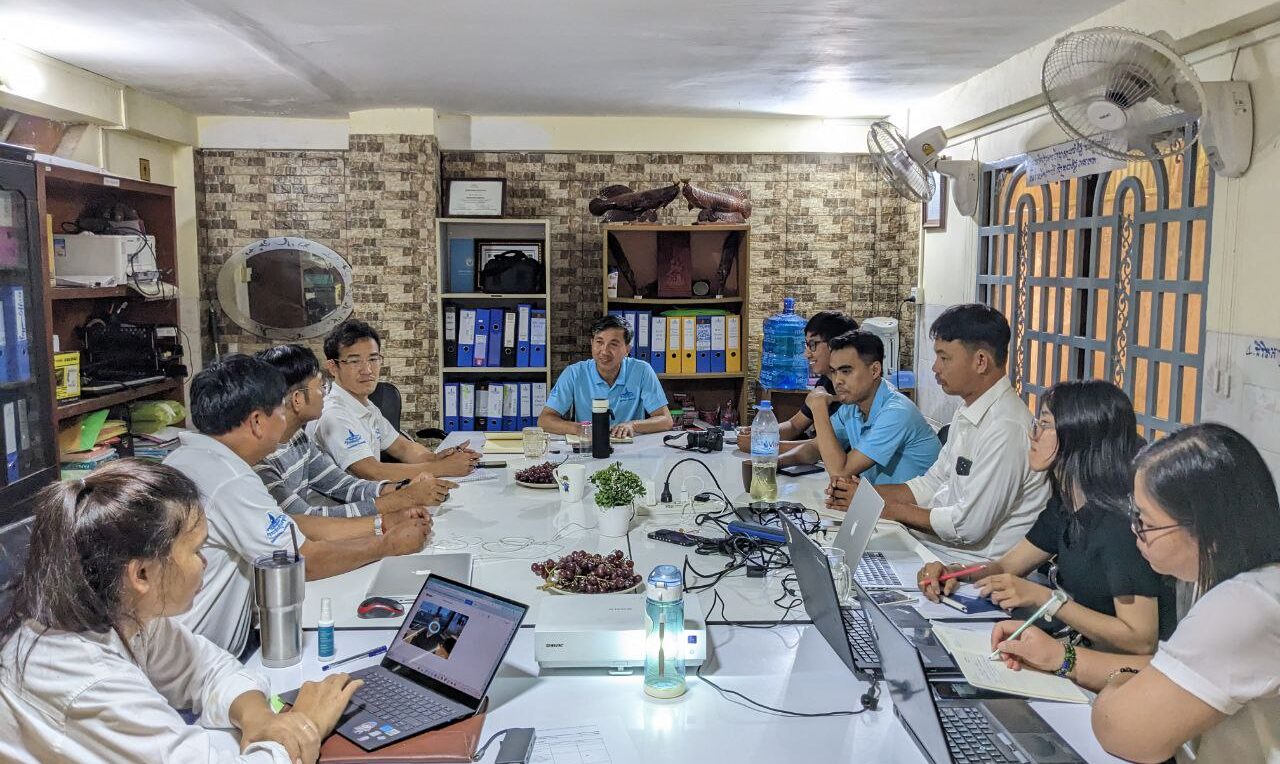
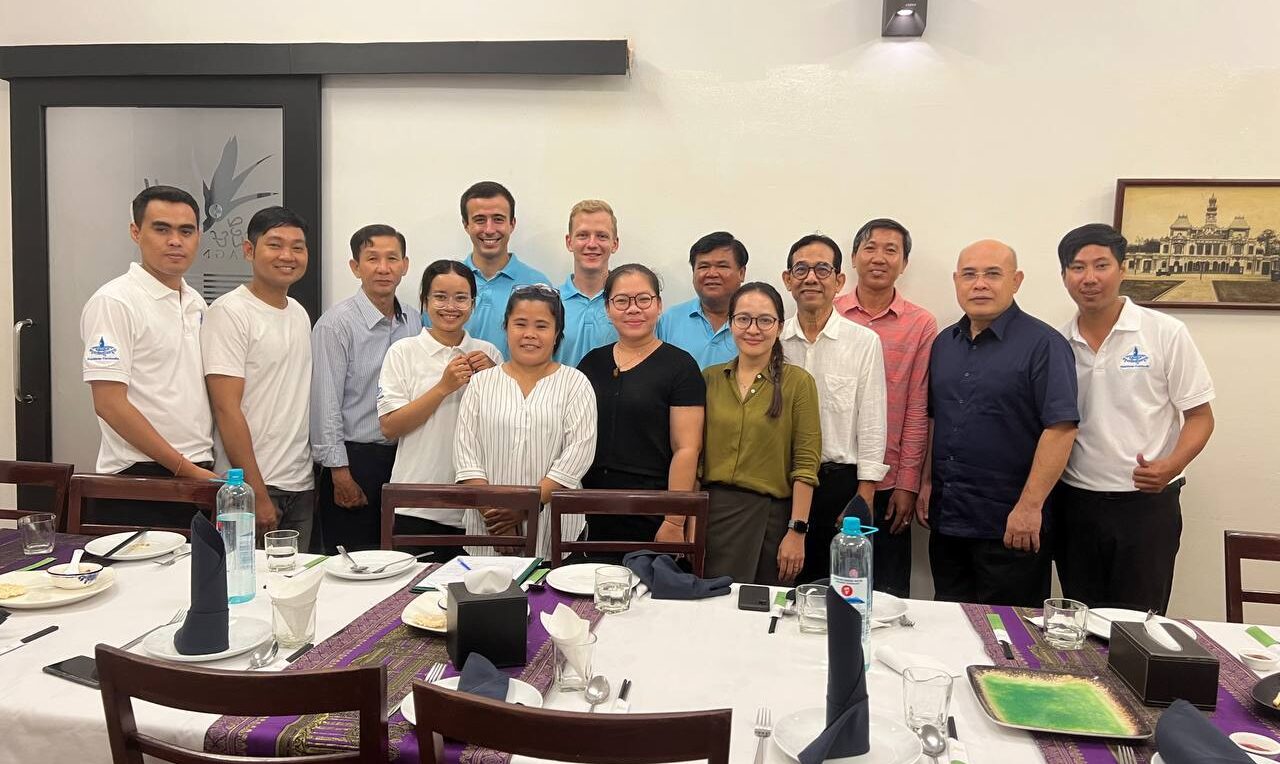
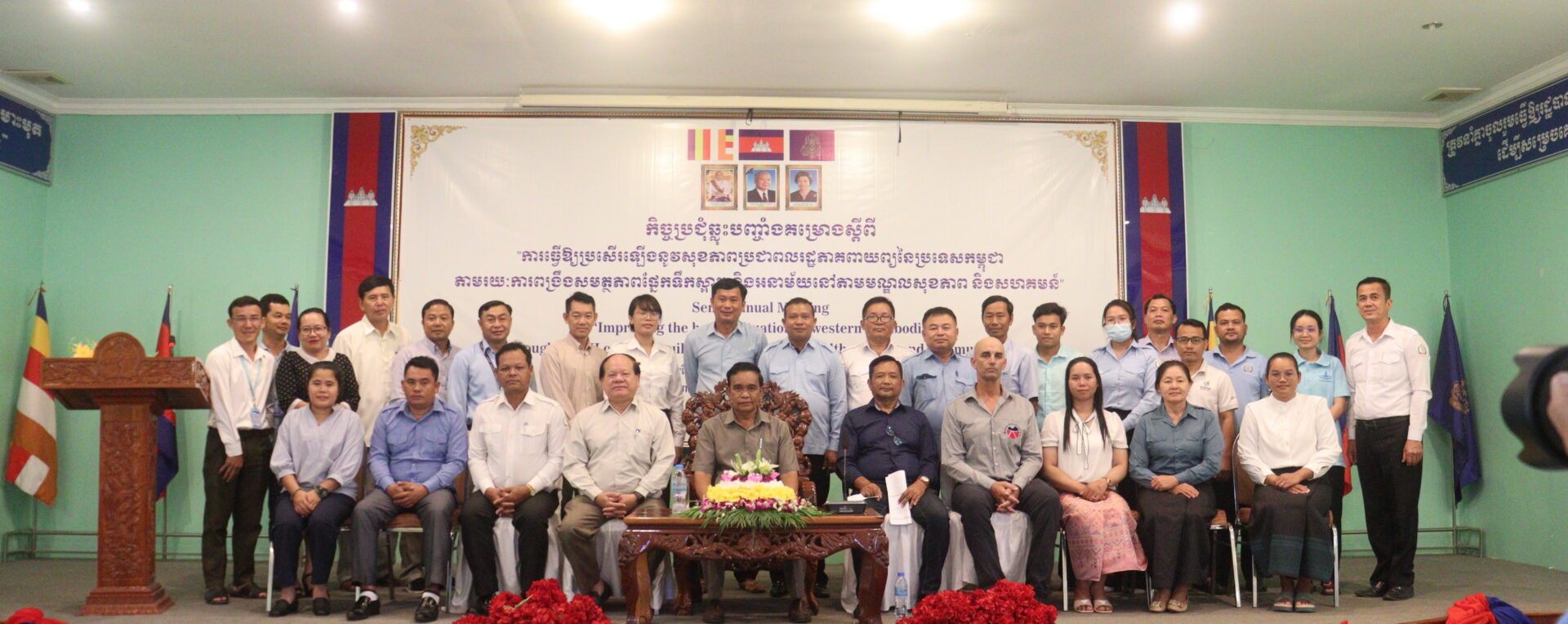
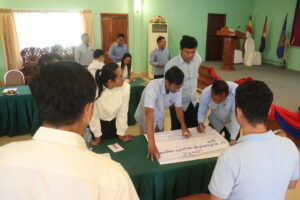
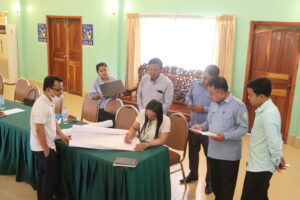
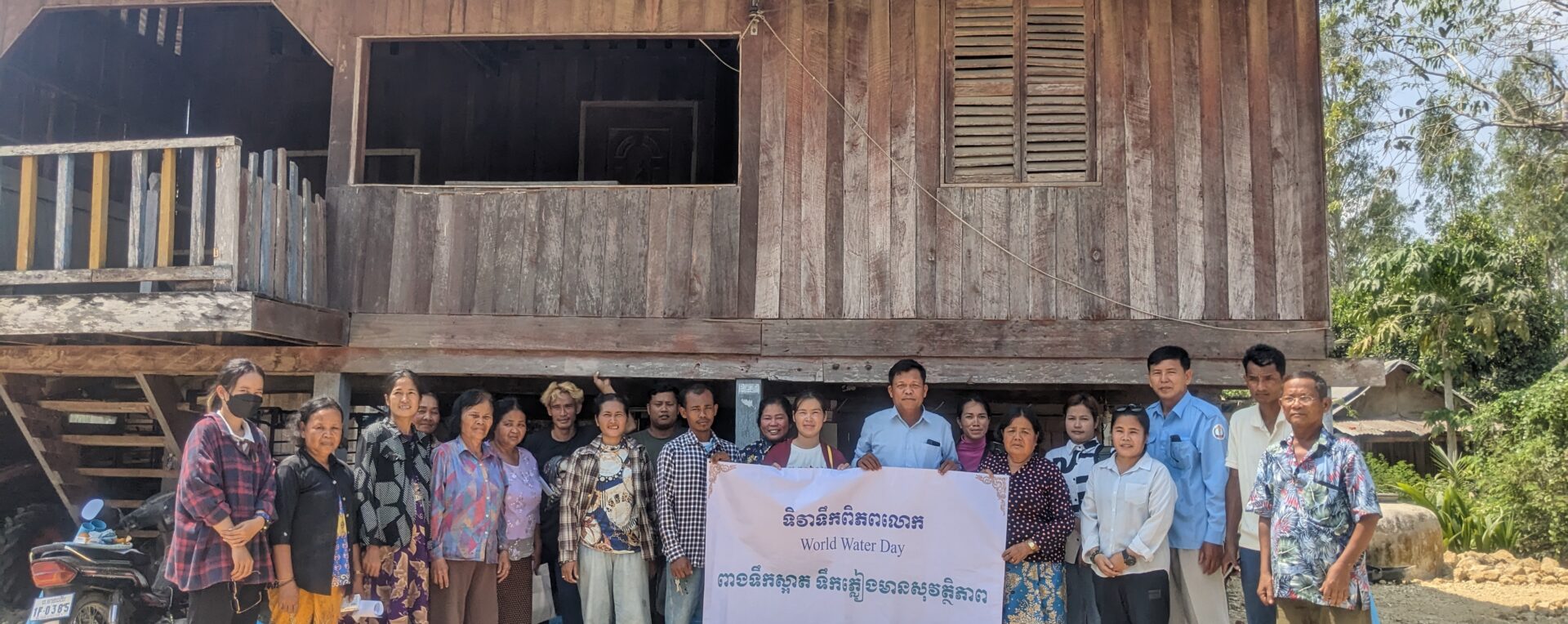
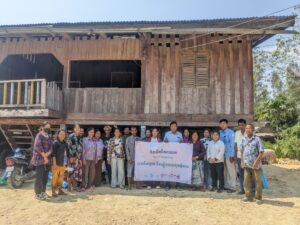
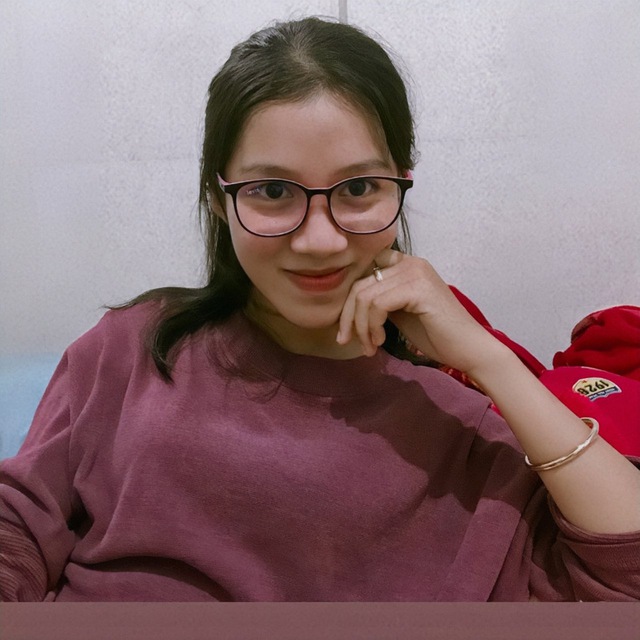
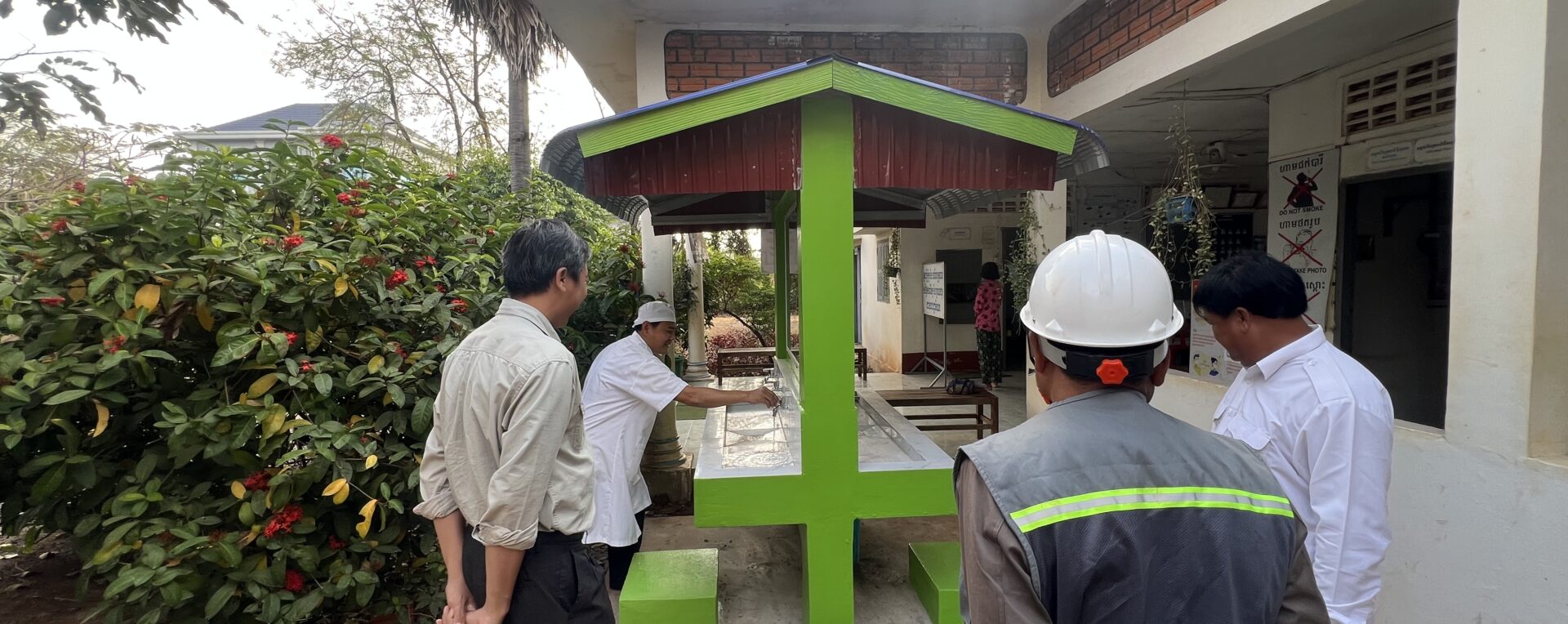
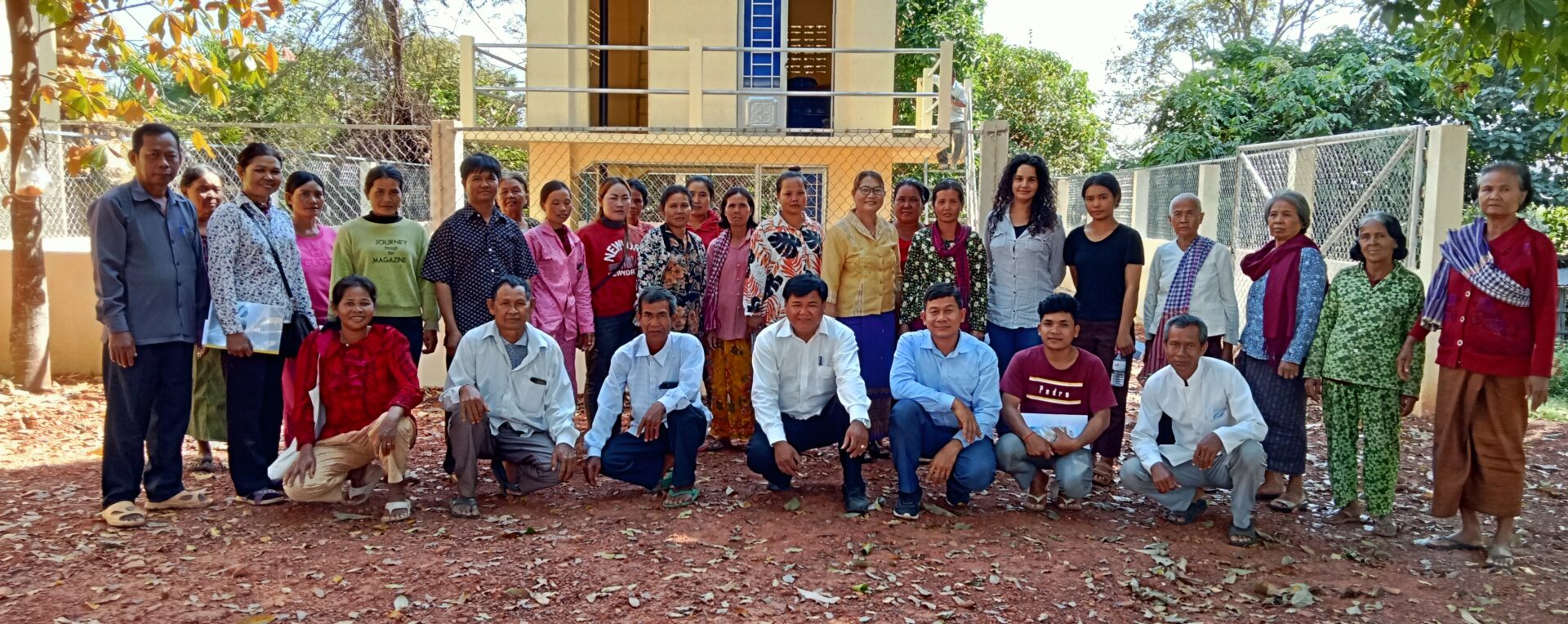
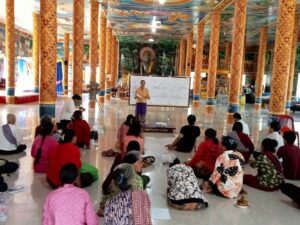
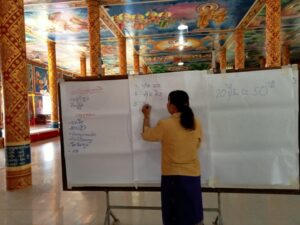
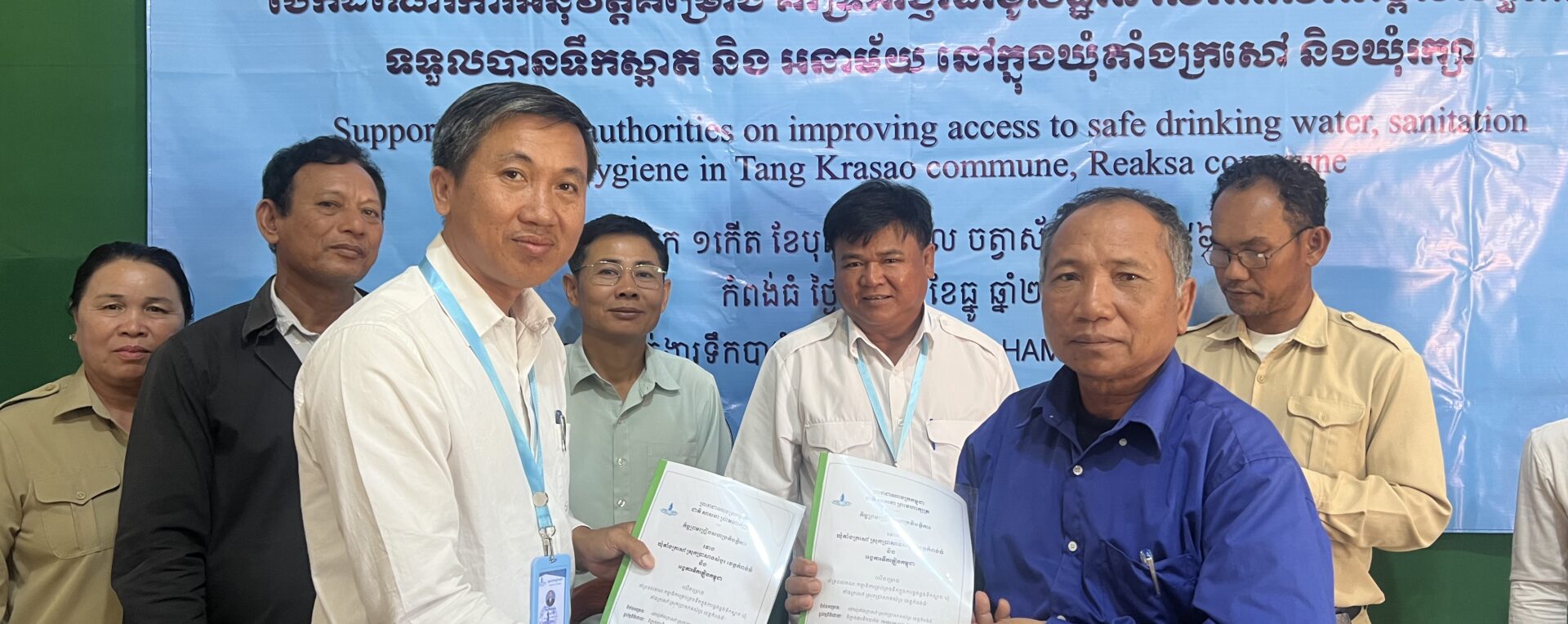

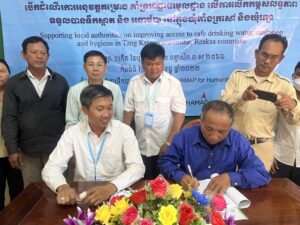
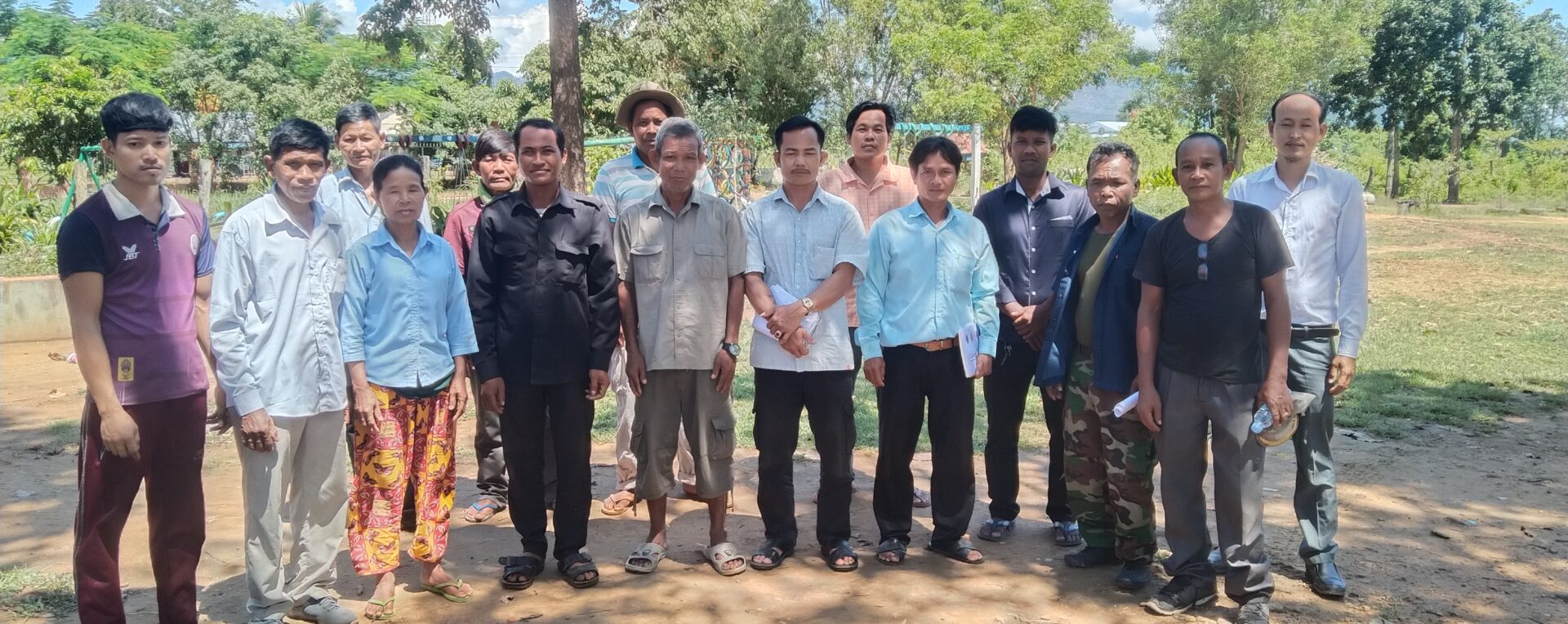
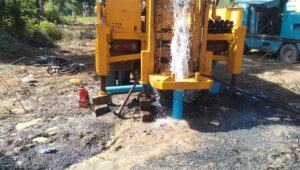
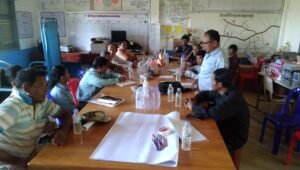
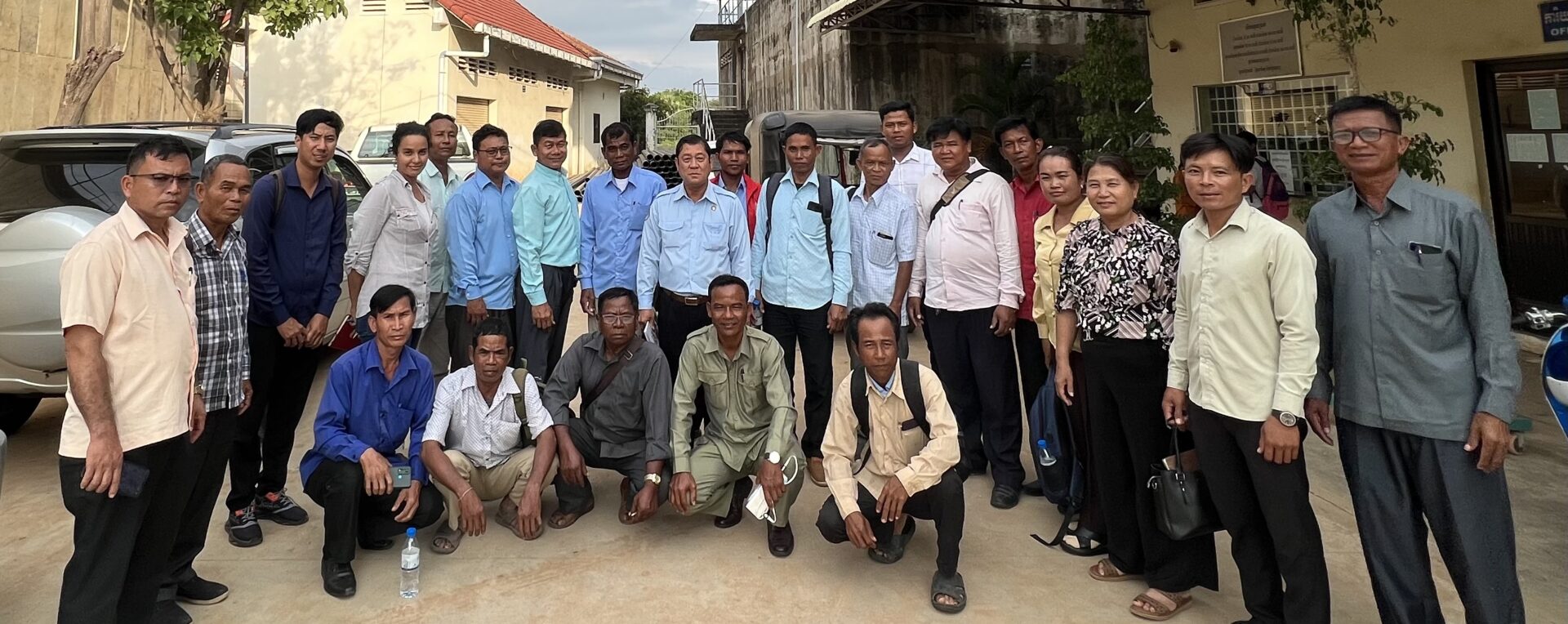
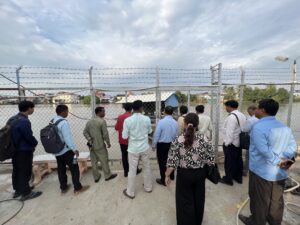
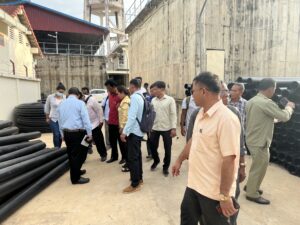
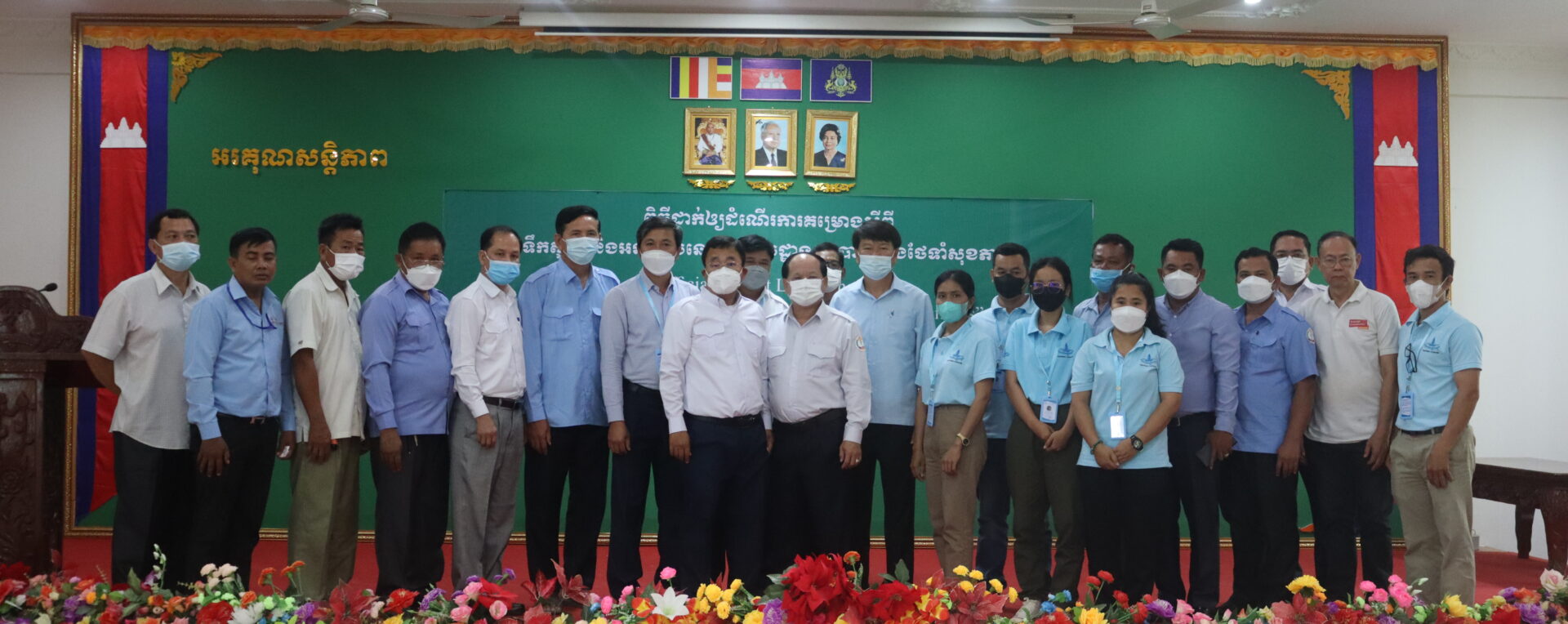
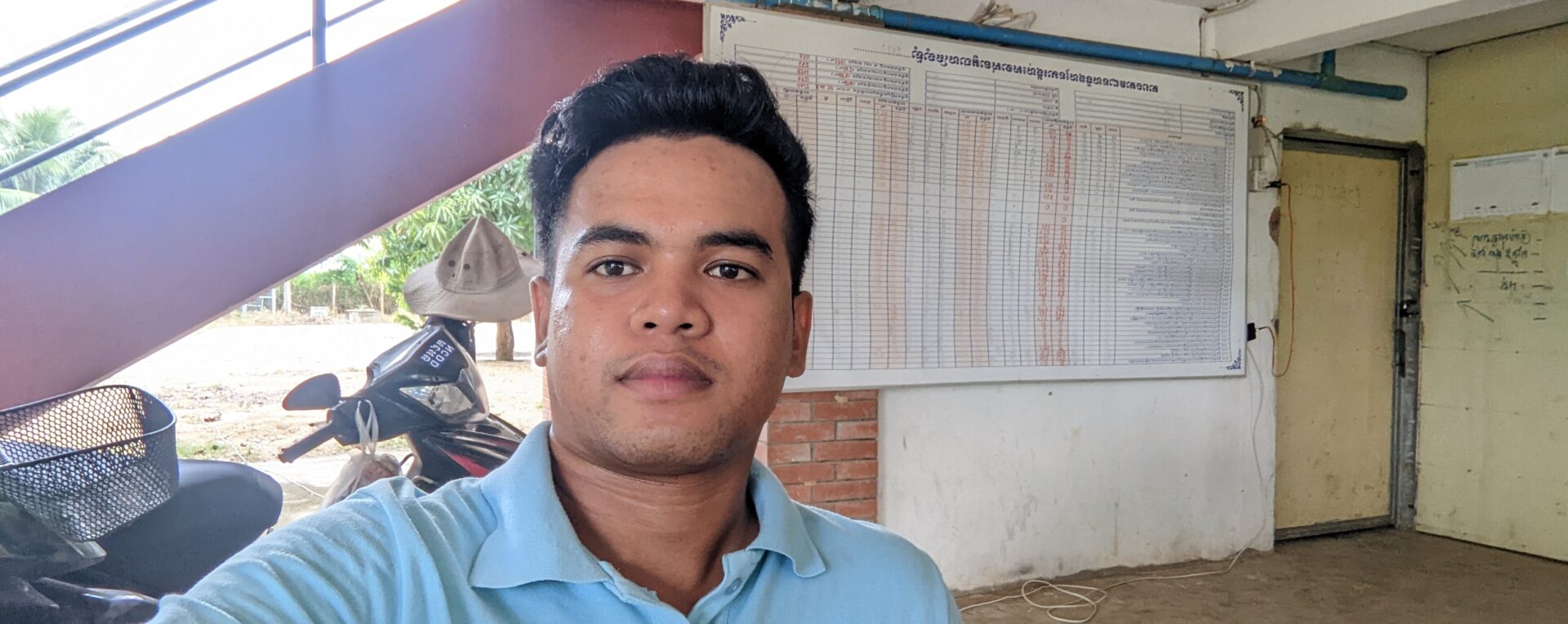
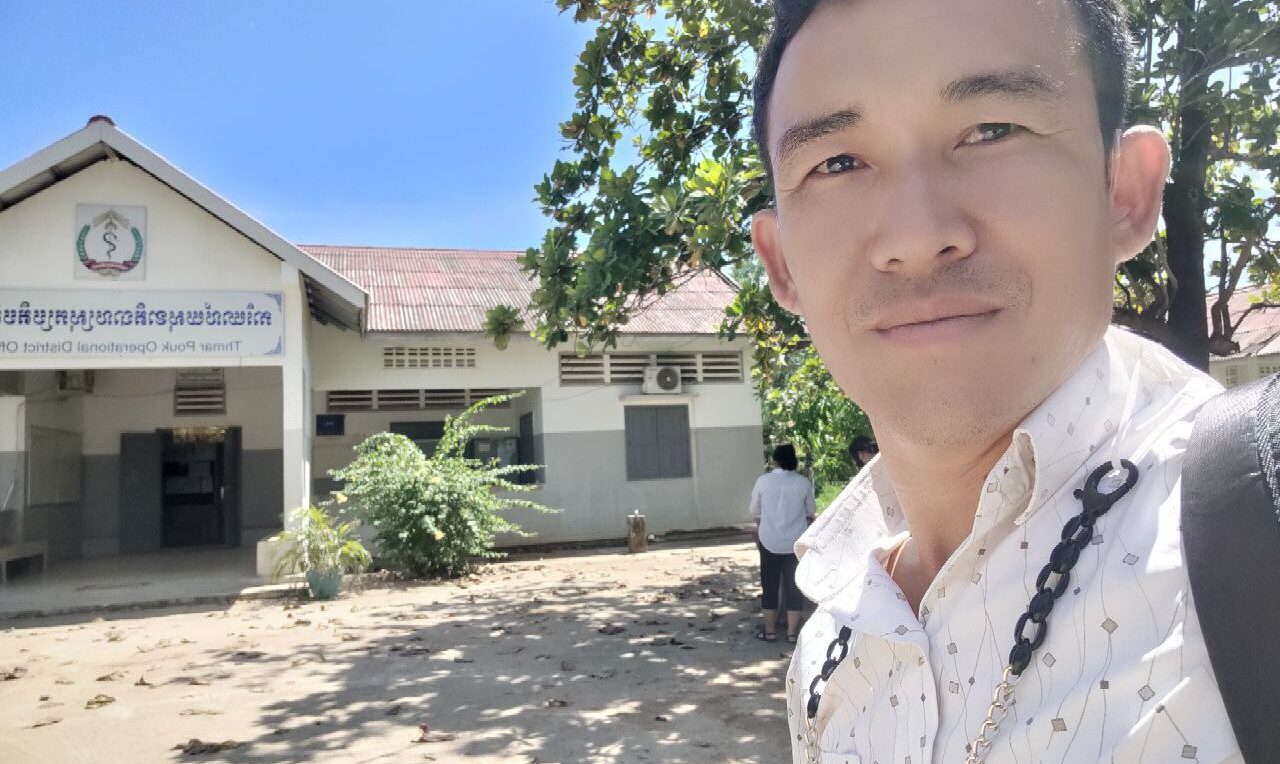

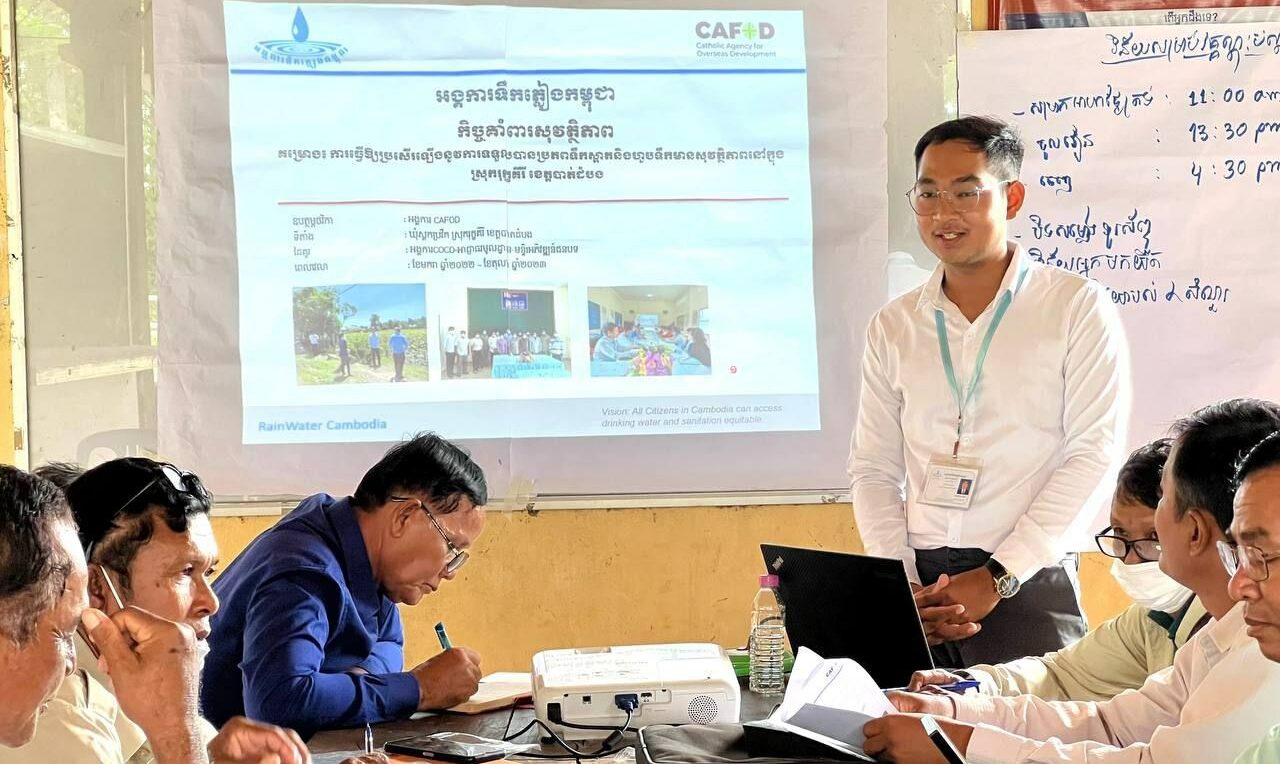
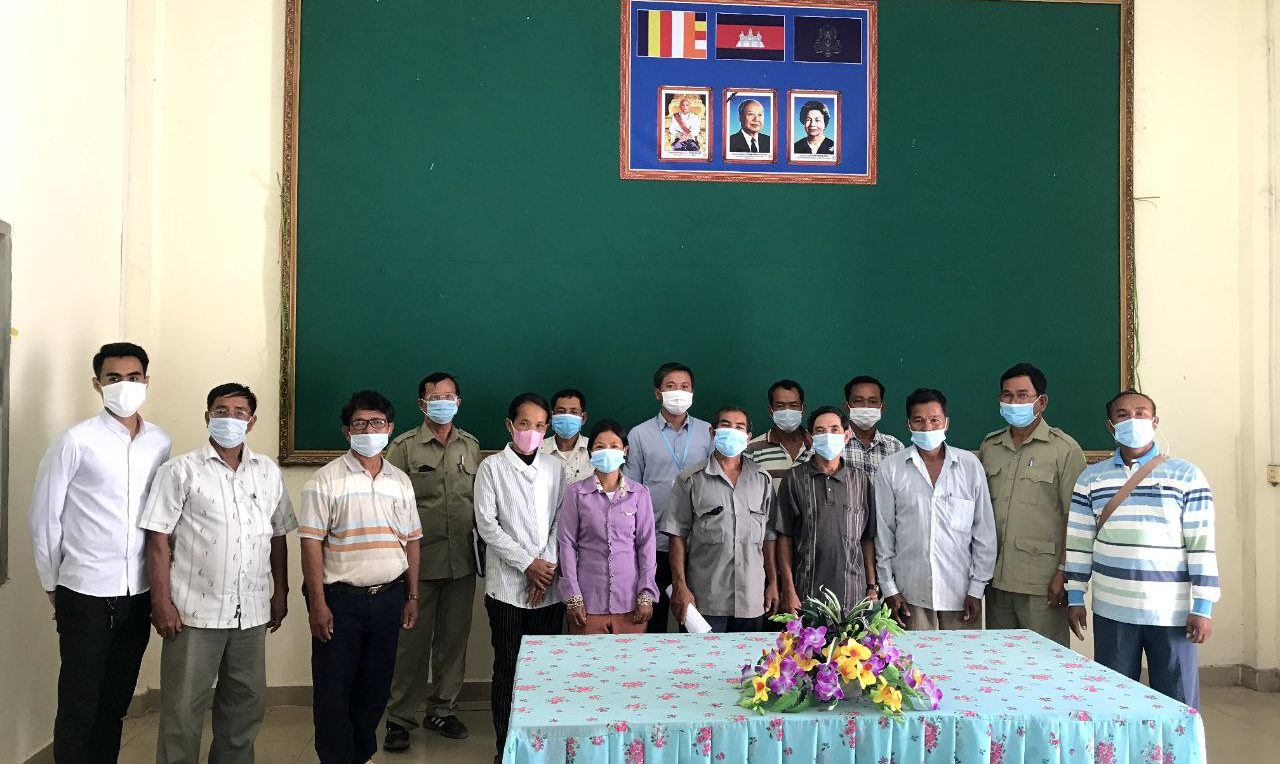
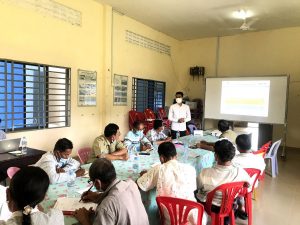 On 23 March 2022, Rainwater Cambodia organized a meeting on the launching of the project under the theme “Increased access to improved water source and safe drinking water in Sdock Pravoeuk commune, Rukhakiri district, Battambang province” in Rukhakiri district government hall. The implementation of this project is funded by CAFOD organization. With aim to present the process for implementation of the project with participate in discussions to develop a follow-up next plan future. The meeting was composed of participants from district authorities, village and commune authorities.
On 23 March 2022, Rainwater Cambodia organized a meeting on the launching of the project under the theme “Increased access to improved water source and safe drinking water in Sdock Pravoeuk commune, Rukhakiri district, Battambang province” in Rukhakiri district government hall. The implementation of this project is funded by CAFOD organization. With aim to present the process for implementation of the project with participate in discussions to develop a follow-up next plan future. The meeting was composed of participants from district authorities, village and commune authorities.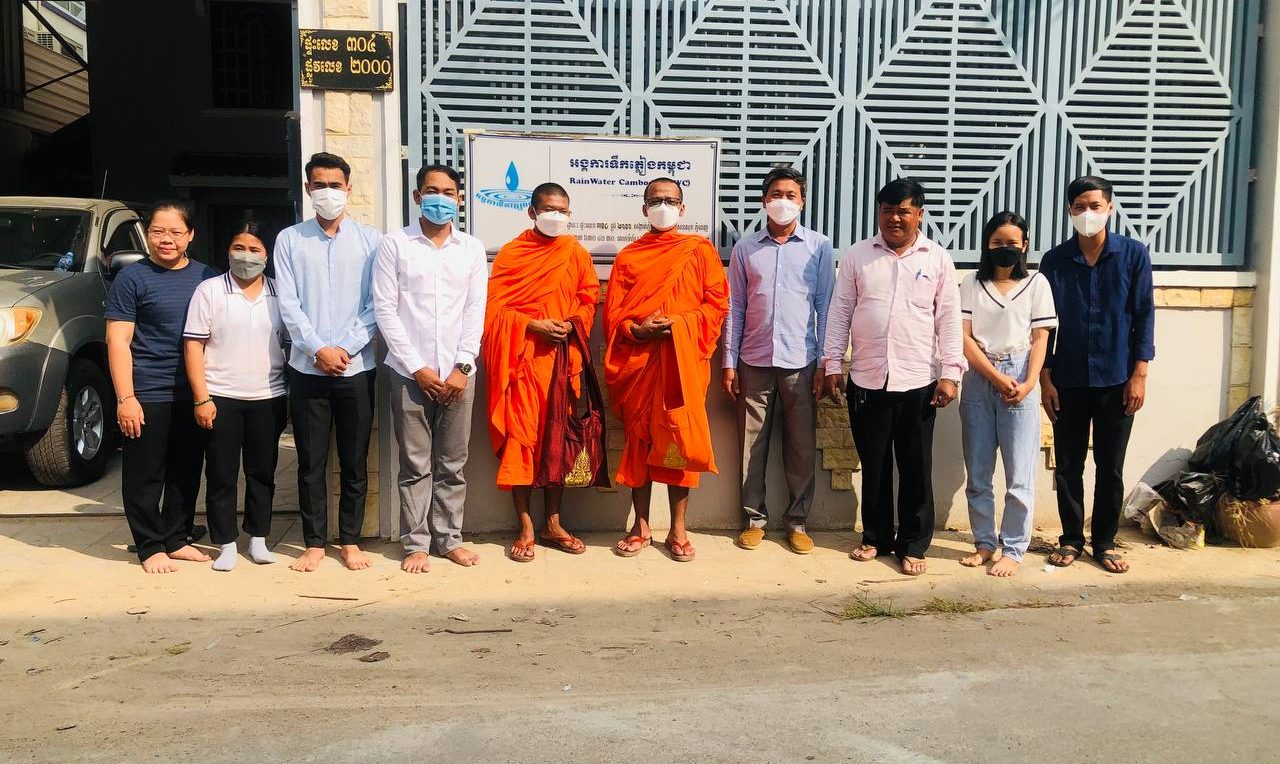
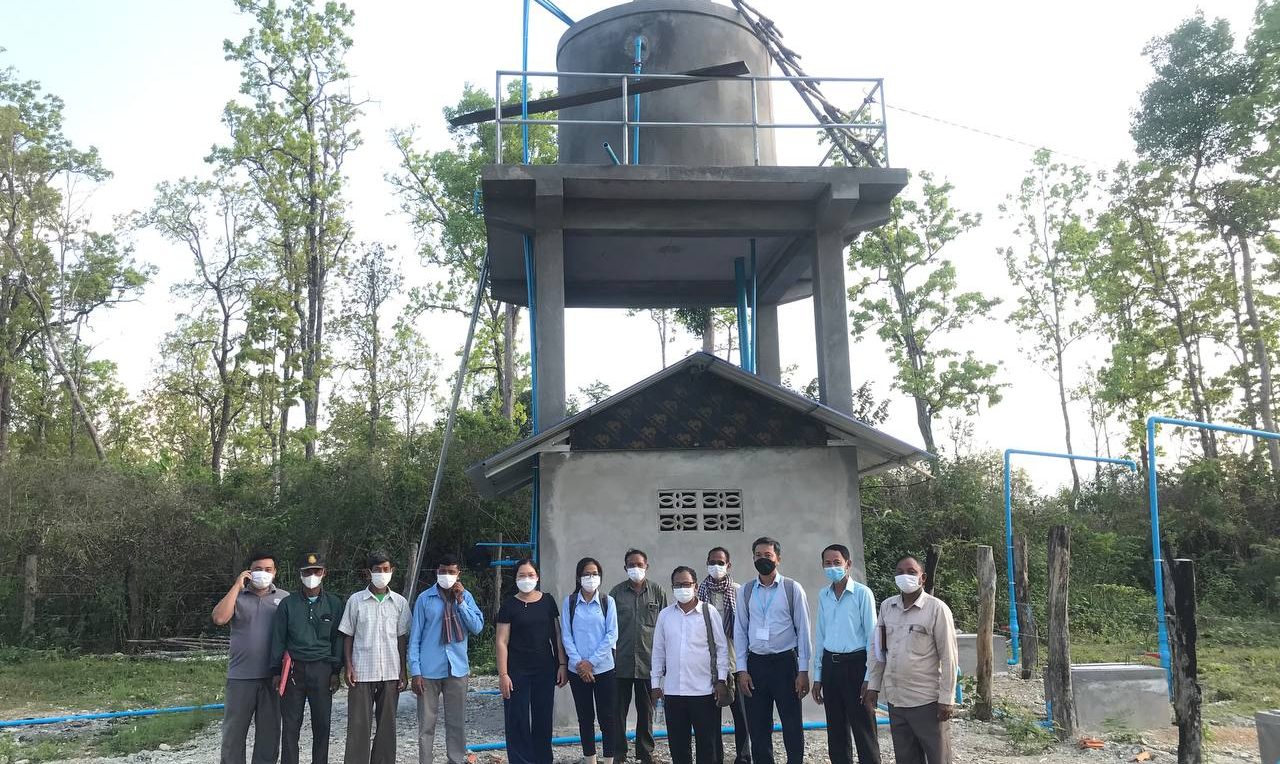
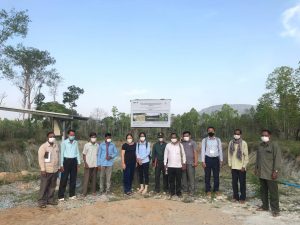 On March 9 2022, RainWater Cambodia organized the quarterly meeting. Location Chheuteal Chrum Primary School, Pramouy Commune, Veal Veng District, Pursat Province. The meeting is intended to demonstrate the activities achieved from January to March 2022 and in order to monitor the water management process in Phchek Chrum village. In addition, Rainwater Cambodia presented a strategic plan for the next five years in the water sanitation and hygiene sector. The participants consisted of representatives of district authorities, environment offices, commune authorities, COCD partner organizations, and main focal point in the five target villages.
On March 9 2022, RainWater Cambodia organized the quarterly meeting. Location Chheuteal Chrum Primary School, Pramouy Commune, Veal Veng District, Pursat Province. The meeting is intended to demonstrate the activities achieved from January to March 2022 and in order to monitor the water management process in Phchek Chrum village. In addition, Rainwater Cambodia presented a strategic plan for the next five years in the water sanitation and hygiene sector. The participants consisted of representatives of district authorities, environment offices, commune authorities, COCD partner organizations, and main focal point in the five target villages.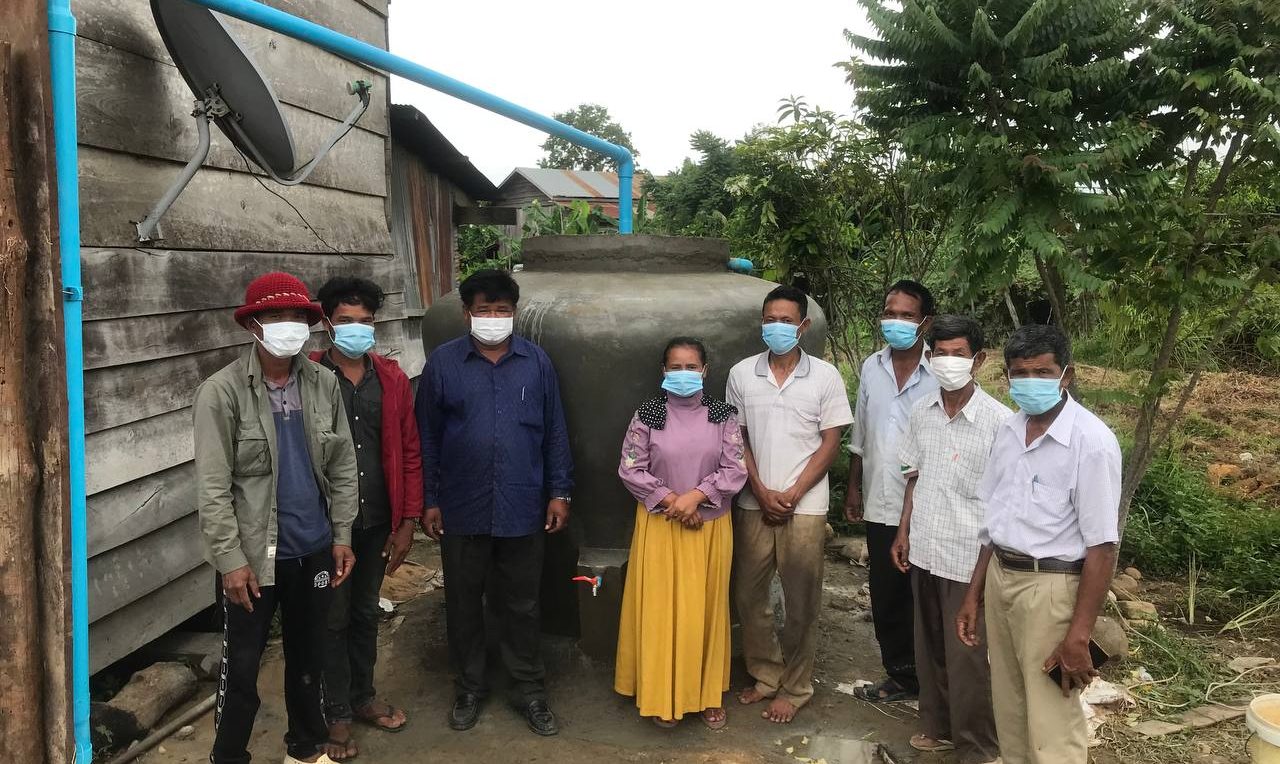
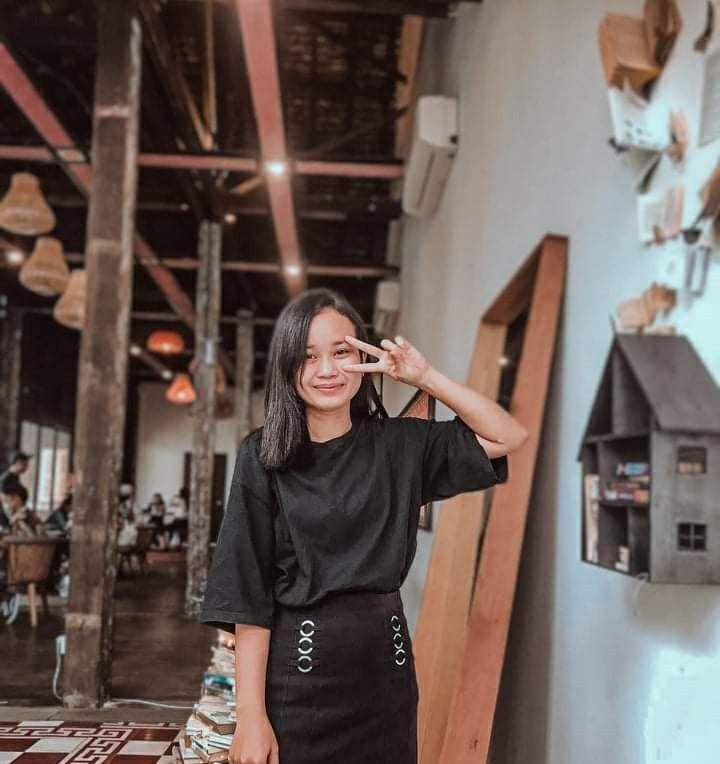
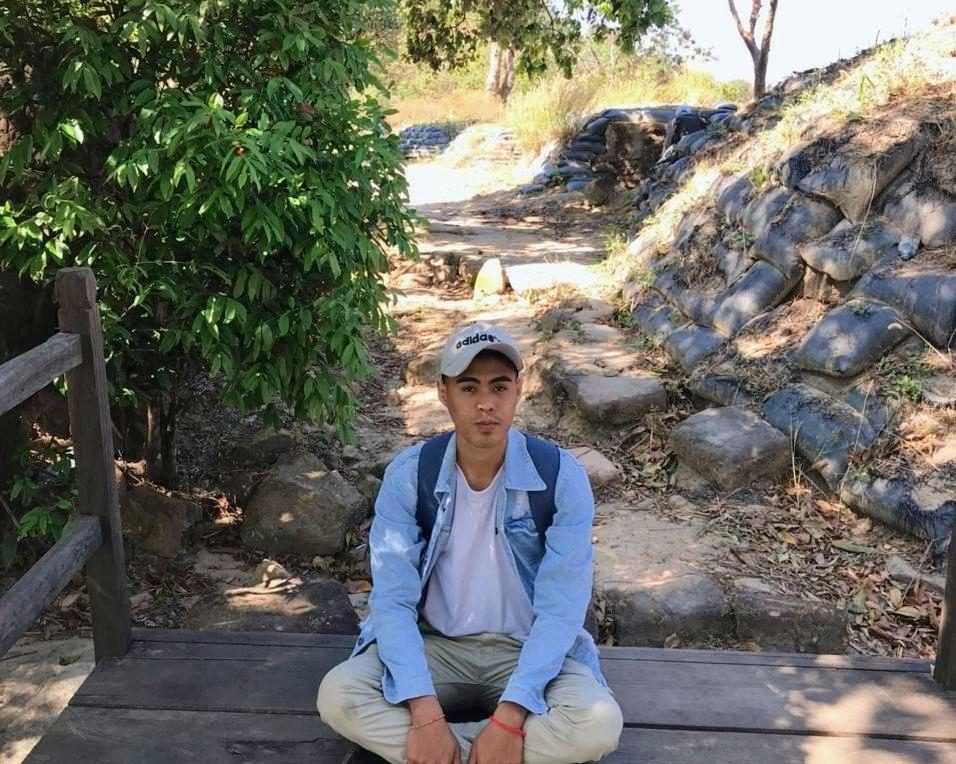
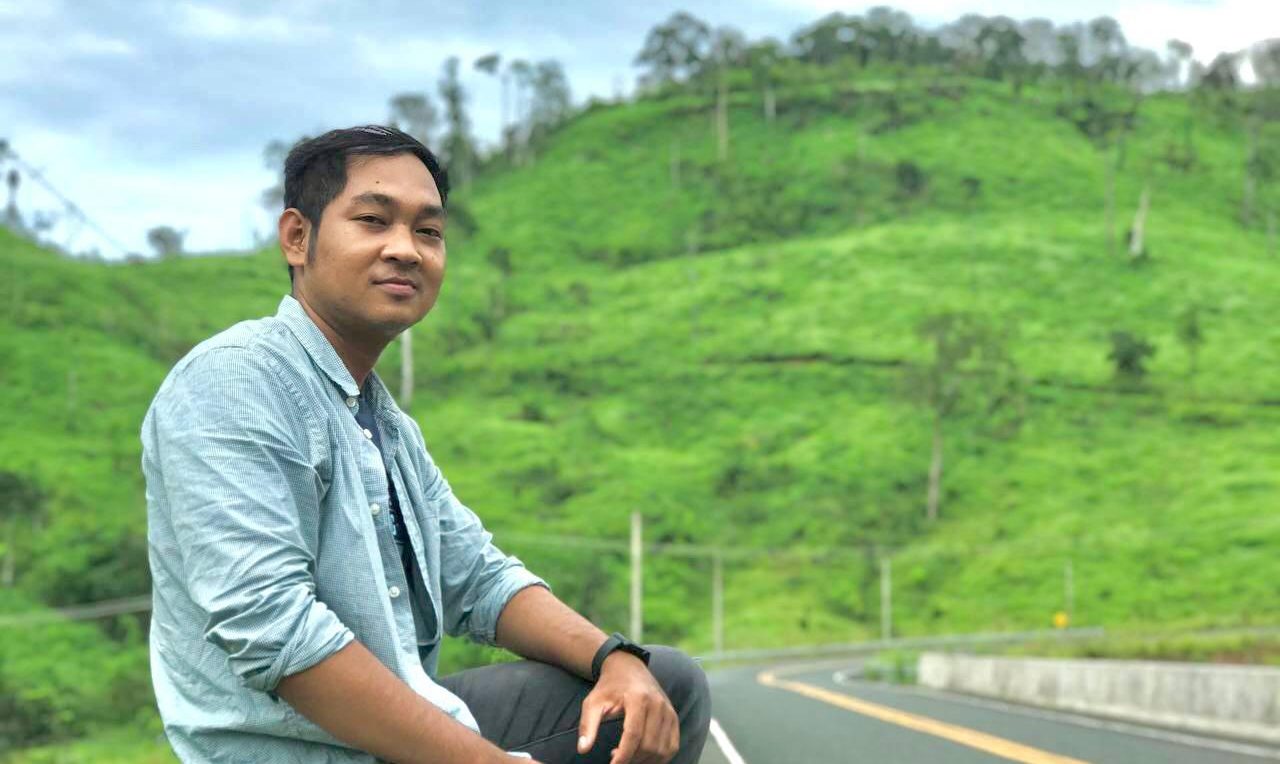
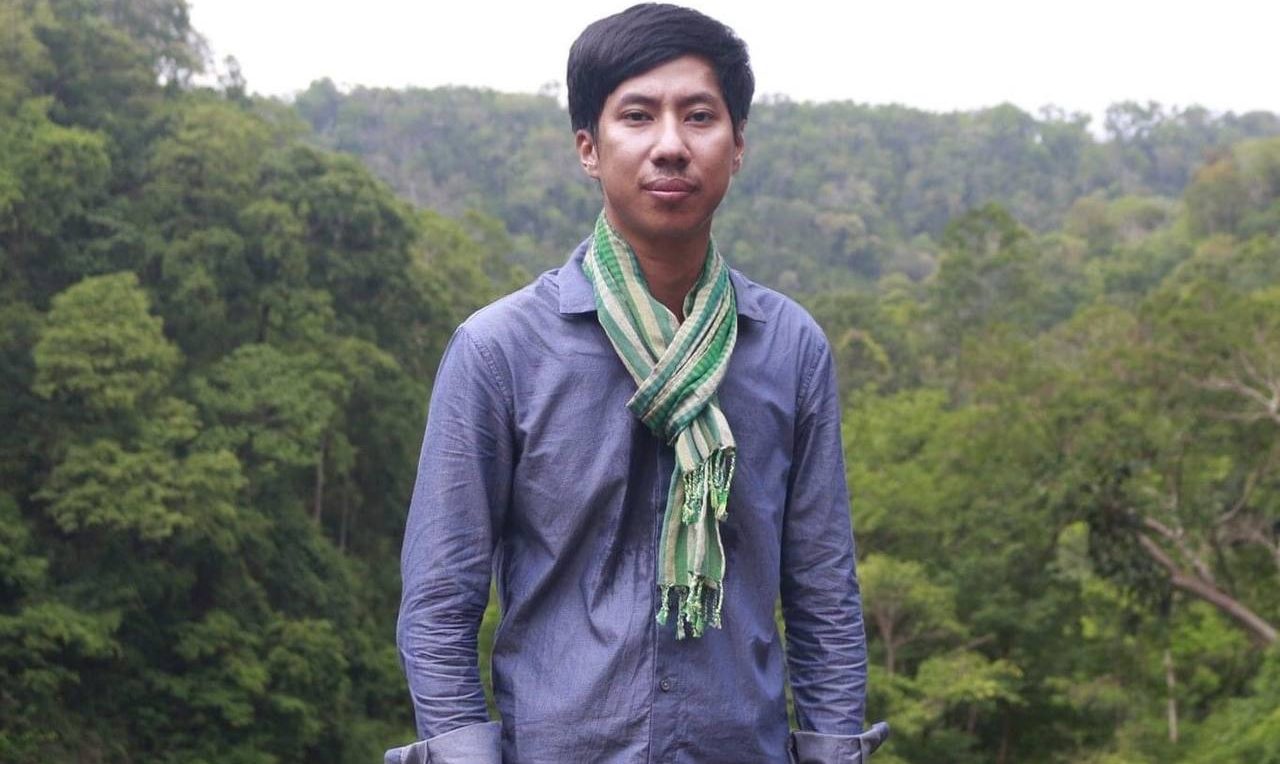
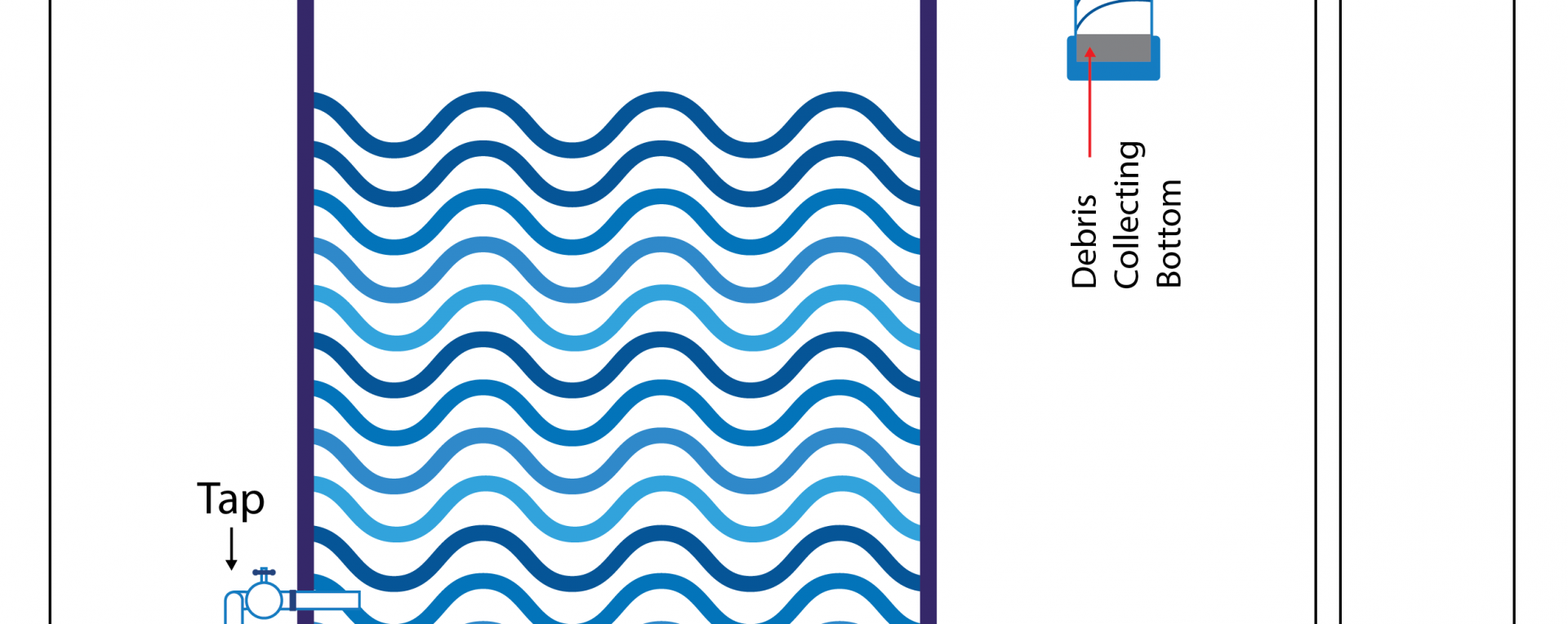
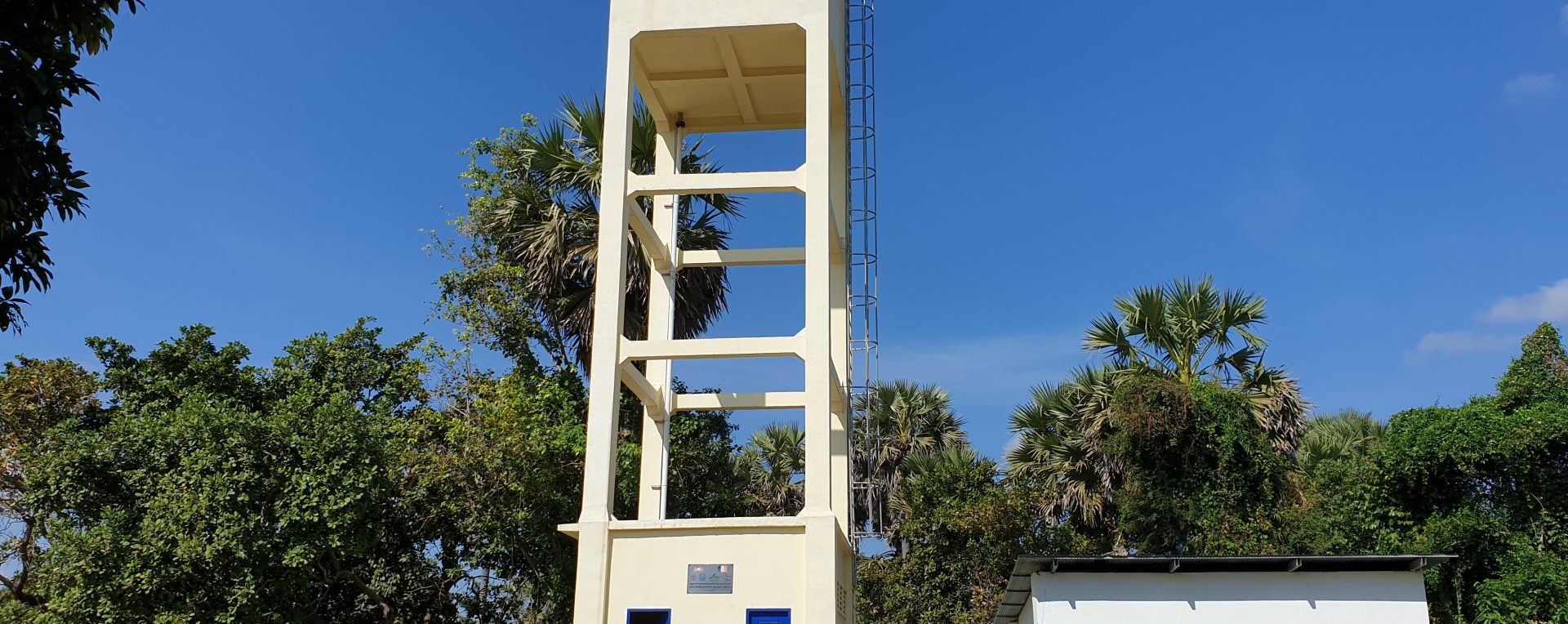
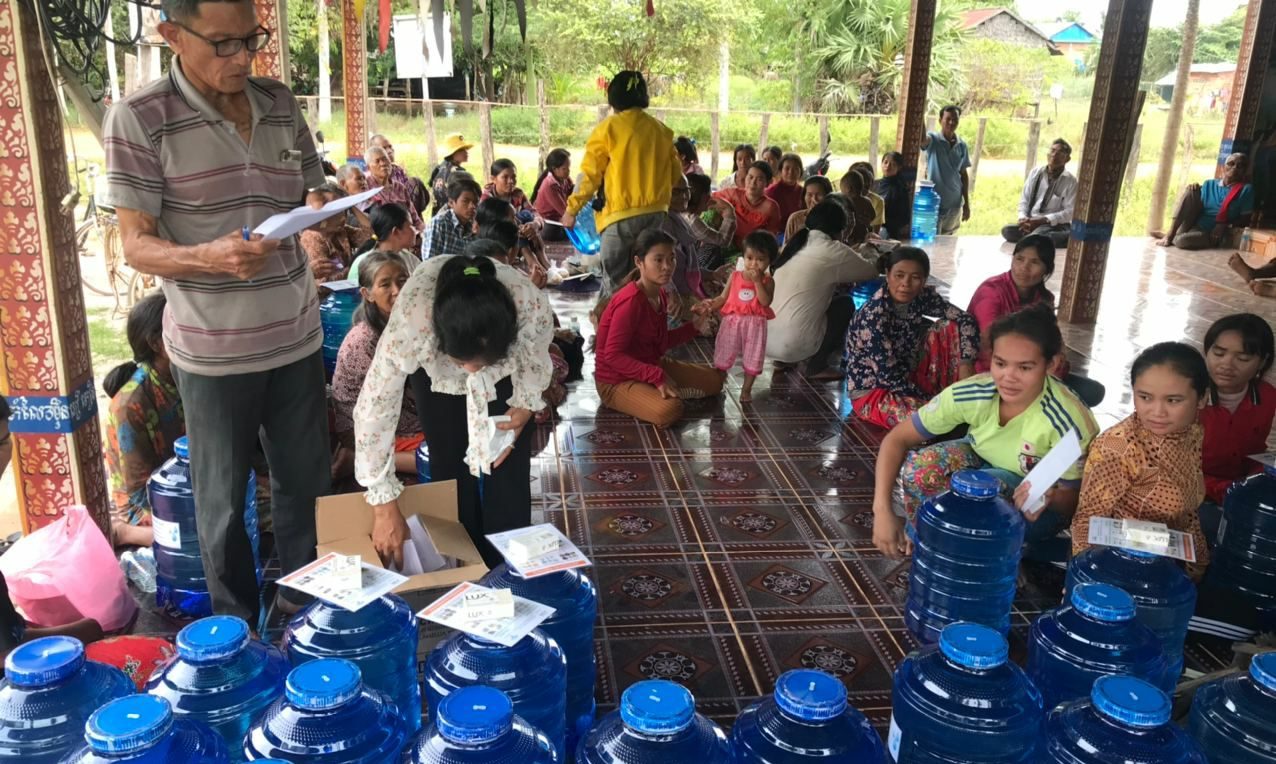
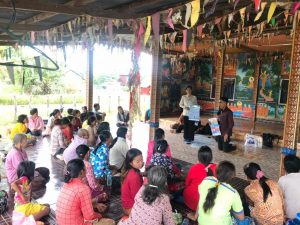 Flood and its consequence will be potentially occurring of victor borne diseases, RWC with the support from CAFOD in Cambodia had conducted the hygiene and water safety plan promotion campaign in its project targeted area in Trei Nhor commune, Pouk district, Siem Reap province from 25-28 October 2020; during the campaign has also provided with bottled water of 20L produced by water management committee in target village for 191 poor and vulnerable peoples. In addition, the campaign has also presented about the precaution and protection of covid19 with specifically focused on hand washing at critical time.
Flood and its consequence will be potentially occurring of victor borne diseases, RWC with the support from CAFOD in Cambodia had conducted the hygiene and water safety plan promotion campaign in its project targeted area in Trei Nhor commune, Pouk district, Siem Reap province from 25-28 October 2020; during the campaign has also provided with bottled water of 20L produced by water management committee in target village for 191 poor and vulnerable peoples. In addition, the campaign has also presented about the precaution and protection of covid19 with specifically focused on hand washing at critical time.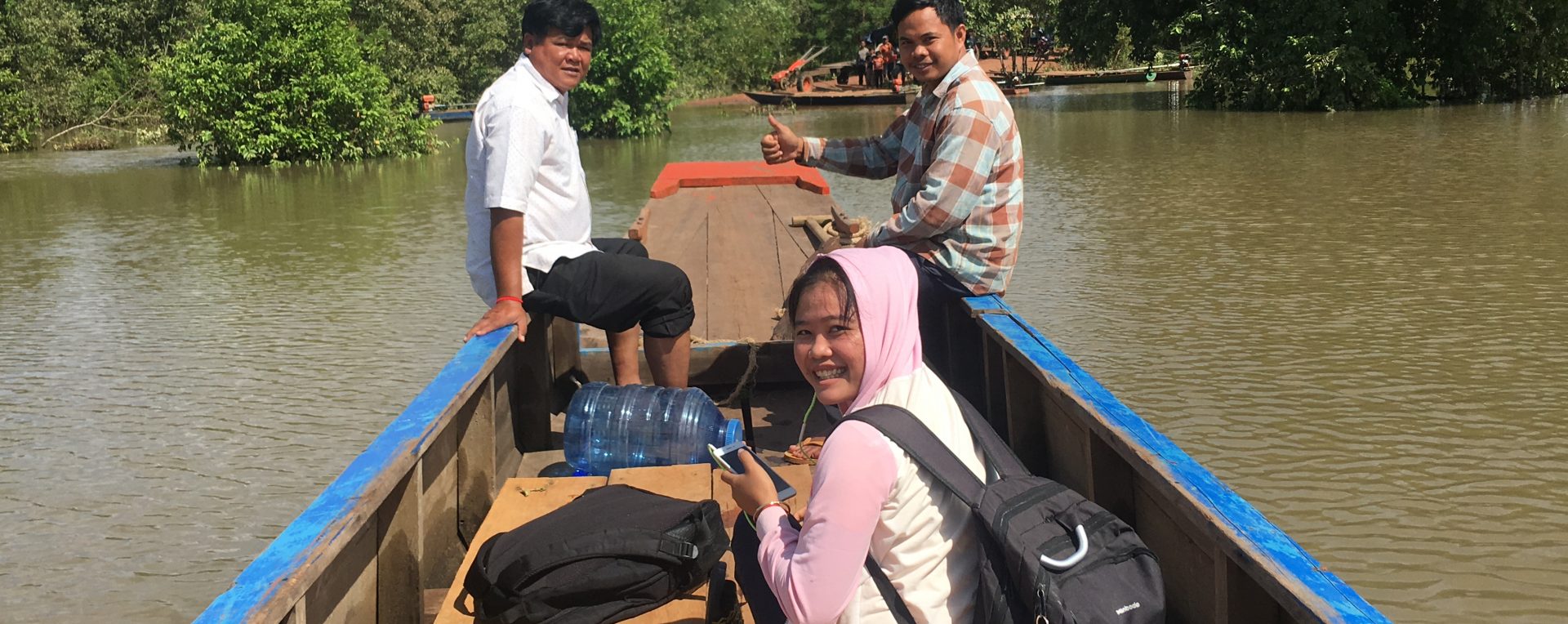
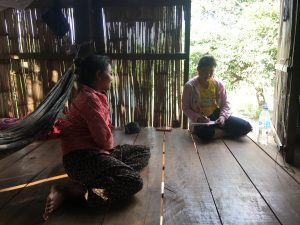 On October 21, 2020, RWC team visited the project target areas to conduct WASH-BCC pre- triggering village meeting in the target in Putra commune. Remarkably, the situation in Putrea, in particular Perk village was affected by floods and the road was flooded, some homes, crops and animals were flooded too. Moreover, RWC team visited some households affected by the floods in Putrea Village, Putrea Commune, Chey Sen District, Preah Vihear Province to understand the living conditions during flooded, in particular the water and sanitation practices. In addition, the team also provided advice on water, sanitation and proper hygiene practices and precautions of Covid-19 pandemic.
On October 21, 2020, RWC team visited the project target areas to conduct WASH-BCC pre- triggering village meeting in the target in Putra commune. Remarkably, the situation in Putrea, in particular Perk village was affected by floods and the road was flooded, some homes, crops and animals were flooded too. Moreover, RWC team visited some households affected by the floods in Putrea Village, Putrea Commune, Chey Sen District, Preah Vihear Province to understand the living conditions during flooded, in particular the water and sanitation practices. In addition, the team also provided advice on water, sanitation and proper hygiene practices and precautions of Covid-19 pandemic.